Surfing Costa Rica: A First-Hand Guide to Learning to Surf in Costa Rica
At age 32, my surf journey began in Costa Rica. In this post, I share not only where I’ve surfed in Costa Rica, but how it went and what you need to know about surfing in the land of pura vida.
This entry may contain affiliate links. This means if you click a link in this post and make a purchase, I may earn a small commission at no additional cost to you. It’s through affiliate links that I’m able to keep this blog going, so thank you for your clicks and support!
Learning to surf has been a dream of mine ever since I was a little girl posing with hibiscus flowers and having Blue Crush-themed birthday parties. At age 32, my surf journey finally began in Costa Rica. In this post, I share not only where I’ve surfed, but how it went and what you need to know about surfing Costa Rica.
Costa Rica is where I finally embarked upon my surf dream in a more serious and determined way. While I’d previously had one-off surf lessons in spots like Puerto Escondido, Mexico and Ayampe, Ecuador, they hadn’t gotten me very far. The big waves of Puerto Escondido washed me ashore halfway through my lesson, while Ayampe left me with an over-extended knee when I made the noob mistake of stepping off my board in the shallows.
Beat up and slightly traumatized, I didn’t pick my surf aspirations back up for another few years. It wasn’t until a breezy November day in Nazaré, Portugal, while watching the big wave surfers tow in to monstrous waves, that every bone in my body was saying it’s time. Not then, of course, but soon. Seated on those windswept sands, and more than a little inspired, I made the firm commitment to myself to start next year with a surf camp. And that is exactly what I did.
This post is both a re-telling of my surf story, as it pertains to Costa Rica, and a practical guide to surfing Costa Rica as I’ve done it and as I’ll continue to. So, yes this is an ever-evolving page, updated in step with my surf journey. I hope you find it helpful as much as entertaining, and maybe even a little bit inspiring, too.
Table of Contents
In this guide: Jacó and Uvita (so far)
Jacó
Jacó’s Part in my Surf Story
Jacó Surf Specs
Surf Camps in Jacó
Surf Lessons and Board Rentals in Jacò
Surf-Friendly Lodging in Jacó
Uvita
Uvita’s Part in my Surf Story
Uvita Surf Specs
Surf Camps in Uvita
Surf Lessons and Board Rentals in Uvita
Surf-Friendly Lodging in Uvita
Other Beginner-Friendly Surf Spots in Costa Rica
Jacó, Costa Rica
Photo Credit: School of the World
Located on the Pacific coastline of Costa Rica, just an hour and a half from the capital San José, Jacó is a rough-and-tumble surf and party town with year-round waves and beginner-friendly breaks. While beauty, when not beachfront, is hard to come by in this buzzing town, it does have it all, from supermarkets to souvenir shops, local sodas, and nightlife. It’s not a sleepy spot by any means and the surf infrastructure is there, too, with more than a few surf camps, surf schools, surf shops, and surf-friendly lodging to support you in the waves of Jacó.
About Jacó as a Surf Spot
year-round, beginner-friendly surf spot and one of Costa Rica’s most consistent, but consistently average
cleanest waves come in during the summer months, Costa Rica’s wet season
exposed beach break with a sandy bottom, better at high tide
lefts and rights on offer and multiple peaks
beware of rips, undertow, stingrays, and the occasional crocodile
Surf Camps in Jacó
Photo Credit: School of the World
I kicked off 2023 in Costa Rica at a surf camp called School of the World. It was affordable at $500 for the week, located on a beginner-friendly beach, and complete with a pool, kitchen, and yoga studio on-site. The rooms, though shared, weren’t dorm-style. They were two-bed, meaning just one roommate (if that), en suite, air-conditioned, and each room had a small kitchen with a fridge, sink, and dishware. It felt like a steal.
Because I was on a budget and there for surf and surf only, I didn’t capitalize on their other offerings. School of the World does what’s called learning vacations, meaning they not only offer daily surf lessons (one or two sessions a day), but you can opt to add on yoga classes, Spanish lessons, and photo/video classes. It’s genius and I’ve yet to see the same concept repeated anywhere else.
As this was my first proper go at surfing, I spent my week in Jacó entirely in the whitewater, first finding my balance on the board and being pushed into waves, then experimenting with some turns. While the green waves behind me beckoned, I wanted to do this right and all in due time. Even then, I knew this was a journey that shouldn’t be rushed. And at first paddle, I could tell my mind was the first block to be busted. A trick my instructor offered up then that I still lean on now is to sing a song at the takeoff. My song? Don’t Stop Believing.
About School of the World
Combines the elements of a surf camp, language school, yoga retreat, photography program, and boutique hotel under one roof
Pricing starts at $500 for surf-only programming, includes daily 2-hour lessons, board, rash guard, transport to the beach, and a video review mid-week.
Amenities include private or shared accommodations, an outdoor swimming pool, access to the yoga studio and mats when classes aren’t in session, kitchen (efficiency kitchen in your room and proper kitchen in the main area), and wifi (though it’s not the strongest).
Book directly or, if you want to support the blog, book through this link.
Other Surf Camps in Jacó
Room2Board Hostel & Surf School offers 3-, 5-, and 7-day surf camp options that incorporate non-surf activities like sunset hikes, meditation, yoga, and breathwork.
Associated with Selina hostels, Tortuga Surf Camp offers 7-, 14, and 22-day surf camp packages that include roundtrip airport transfers, accommodations, professional video and photography review, a survival apnea workshop, unlimited board rentals during your stay, and a skateboarding workshop.
Run by former pro surfer Diego Naranjo, this surf camp has 7-day packages that include 7 surf lessons, your accommodations, a daily breakfast, a USB of your surf photos, a massage or crocodile tour, and one yoga lesson.
Offering 3-, 5-, and 7-day surf camp packages, this surf camp includes daily lessons, accommodations, one meal per day, a daily activity, and unlimited board rentals during camp.
Surf Lessons + Board Rentals in Jacó
In Jacó, surf lessons range from $50 to $80 for a 1.5 to 2-hour lesson and rentals range from $12 for 2 hours, $20 for the day, and $100 for the week.
I recommend Ride In Surf for lessons. The lead instructor Anthony also teaches at School of the World and is a local pro surfer who speaks fluent English. Two-hour lessons start at $60USD. Book here.
For more surf lesson options in Jacó, check Viator and TripAdvisor.
Surf-Friendly Lodging in Jacó
A coliving hostel with surf camp packages should you wish to book them, Jaco Inn offers a free daily breakfast, access to their coworking space, a kitchen and grilling area, wellness offerings, common areas, and pop-up activities. You’re also welcome to sign up for individual surf lessons or board rentals.
Check Availability: HostelWorld | Trivago
Partnered with Tortuga Surf Camp, this beachfront hostel has a swimming pool, beachfront bar and restaurant, coworking space, wellness area, movie room, and access to surf lessons, board rentals, and surf camp packages
Check Availability: Booking.com | HostelWorld
This boutique hostel doubles as a surf camp, but you can choose to stay and surf on your own too. You’ll have access to a shared kitchen, plenty of common areas to hang out, a swimming pool, board rentals and storage, surf lessons, daily yoga classes, and a coworking space.
Check Availability: Booking.com | HostelWorld | Agoda
Read my full Jacó guide for tips on things to do, where to eat and drink, and how to get to and from town by public transportation.
Uvita, Costa Rica
Photo Credit: Bodhi Surf + Yoga
After my surf camp in Jacó, I continued south down the Pacific coast of Costa Rica to reach Uvita. This splayed-out town is a gem that still clings to its authenticity, even as more and more surf camps and hotels crop up within its lush folds. The waves aren’t as consistent as on other coastlines, but they are consistently empty and against epic jungle-meets-sea backdrops. When you’re not surfing, there are waterfalls and hot springs to explore, howler monkeys and exotic birdlife to peer up at in the treetops, whales to watch, and a range of restaurants, craft beer bars, and cafes to frequent that paint the picture quite quickly that community comes first in Uvita. How refreshing.
I got in the water twice while in Uvita, finally giving the green waves a go with two different instructors - Adrian at Bodhi Surf + Yoga and Leandro at Uvita Surf + Tour. Let’s just say I got to finesse my turtle roll, face my fears in bigger waves, and reinforce some surf theory. Actually surf? Not so much. The green waves weren’t ready for me yet. They kept sending me into a nose-dive for some reason…
About Uvita as a Surf Spot
great for beginners and intermediates alike
year-round surf and little to no crowds
southern end, known as Playa Chaman, is the most consistent, while north end by the rivermouth sometimes produces a sand bar
sandy-bottomed beach break with a rivermouth, best at high to mid-tide
waves are cleanest between December and March and biggest between May and September
there’s a $6USD entry fee for tourists as the beach sits within the Marino Ballena National Park
beware of stingrays, jellyfish, and rip currents
Check out my Uvita travel guide for tips on things to do, places to eat and drink, and how to get to and from Uvita by public transportation.
Surf Camps in Uvita
Photo Credit: Bodhi Surf + Yoga
While I didn’t attend the surf camp here firsthand, I did take lessons with one of their ISA-certified instructors, which meant I got a peek behind the gates of their beautiful wood cabin-like base and the inside scoop on what it might be like as a surf camp attendee at a B Corp-certified surf camp. Their 7-day, semi-inclusive surf and yoga camp includes 5 surf lessons, 5 yoga classes, daily breakfast, 3 dinners, and your national park entrance fees at Marino Ballena National Park where your lessons take place. It also includes roundtrip transport to and from the airport in San Jose, plus one night’s lodging in San Jose on your way in. Accommodation is in luxurious bungalow-style rooms with porches, some of which also include kitchenettes. Other amenities include a swimming pool, common areas with day beds and hammocks, therapeutic mattresses, and healthy, locally sourced meals.
Bodhi Surf + Yoga’s Camps
Surf Lessons & Board Rentals in Uvita
In Uvita, surf lessons range from $60 to $90 for a 2- to 3-hour lesson and board rentals range from $15 for the day to $90 for five days.
For Board Rentals: I recommend Casa Tiburón Surf Rentals and Colo Tico Boards.
For Surf Lessons: I recommend Uvita Surf + Tour. Leandro leads classes that push you just enough outside your comfort zone to take you to the next level while still keeping you safe. Two-hour lessons start at $60USD. Book here.
For more surf lesson options in Uvita, check Viator and TripAdvisor.
Surf-Friendly Lodging in Uvita
Located steps from the sands of Marino Ballena National Park, this is as close as it gets to surf on your doorstep in Uvita. Each of Arboura Eco Cabins’ five A-frame cabins have air conditioning, a private bathroom, a private patio, and a well-equipped kitchen. There’s also a pool on the grounds and a common area with a ping pong table and chess set.
Check Availability: Booking.com | Agoda
Another cabin-style accommodation steps from Marino Ballena National Park is Bungalows Ballena. Slightly pricier than Arboura Eco Cabins, each 1- or 2-bedroom wood cabin bungalow comes with a terrace, private bathroom, air conditioning, wifi, and a fully-equipped kitchen. Their whale tail-shaped pool and kiddie pool are there for you between surfs and there’s a gas grill and mini fridge available in the common area for barbecuing outdoors.
Check Availability: Booking.com | Agoda
Located half a kilometer from the main surf point, Tropical Beach Hotel offers air-conditioned rooms with private balconies and access to a guest kitchen. There’s also a gorgeous outdoor swimming pool with a poolside bar and restaurant on-site.
Check Availability: Booking.com | Agoda
Additional Beginner-Friendly Surf Spots in Costa Rica
Based on my own surf experience in Costa Rica and the surf community connections I made along the way, I was commissioned to write a beginner-friendly surf guide to Costa Rica for a publication called Surfers. In it, you’ll spot Uvita and Jacó, but also a few other spots that haven’t yet made it into this first-hand guide. Check it out for more beginner-friendly surf inspiration for your next trip to Costa Rica.
Costa Rica’s protected bays, sandy bottom beaches, warm water waves, and year-round consistency make it one of the best places in the world to learn how to surf. Here’s where to go and when.
If you found this post helpful, one of the best ways to say thanks, besides funding my next caffeine fix, is by booking your hotels, transport, tours, and trip insurance through the links on my Travel Resources page or by clicking any of the trip-relevant links below. This sends a bit back my way at no additional cost to you and helps to keep this blog up and running. Thank you for your support!
Accommodations: Booking.com, HostelWorld, Trivago
Tours & Experiences: Viator, GetYourGuide, EatWith, TripAdvisor
Trains, Buses, & Transfers: Bookaway, 12Go, BusBud
Car Rentals: DiscoverCars.com
Trip Insurance: Squaremouth, WorldTrips
Learn Spanish: Rosetta Stone, Babbel, Pimsleur
What to Read Next
El Tránsito Guide: Tips & Recommendations for an El Tránsito Trip to Remember
El Transito is a no-frills surf stopover where the main attraction is the waves. Here’s a guide to all the best bites, stays, and things to do in the unassuming Nicaraguan surf town of El Transito.
This entry may contain affiliate links. This means if you click a link in this post and make a purchase, I may earn a small commission at no additional cost to you. It’s through affiliate links that I can keep this blog going, so thank you for your support!
It was one offhand conversation while checking out of my hostel in Popoyo that put me in the north Nicaragua surf town of El Tránsito. I was told it had a lot of similarities to Popoyo - small town, cool people, good waves, refreshingly simple. I can confirm all of that is true, but in such a different way than how Popoyo brought those qualities together. Whereas Popoyo, for me, felt like a community brought together by place, with surf as a side, El Tránsito felt like a community brought together by surf, with place as a side. El Tránsito is where I, for the first time, felt part of a greater global surf community. It happened in the little moments - the applause from other surfers in the water when I caught the wave of the day, the generosity of so many who shared their time and surf experience with me, and the way literally everyone I met guided me as to where in the world I might want to surf next. It was also the surfhouse-style lodging that did it for me. From Nimbu Surfhouse to Solid Surf Camp & Hostel, I felt literally and immediately at home, be it around the dinner table, in a rocking chair on the porch, or falling asleep next to 5 others in the dorm. At the end of the day, El Tránsito is a town you don’t weather the overheated and breaking down chicken bus for unless you’ve come to surf, and because of that you’re “in” if you do. El Tránsito will forever be the place I joined the surf family and felt like it too. While the place is the side in El Tránsito, there are a few restaurant, cafe, and attraction gems worth pairing with your days surfing this beach town’s waves.
Restaurants & Cafes
El Oso
This open-air eatery at the end of town dishes up some great international cuisine, to include my personal supply of fresh-baked cinnamon rolls.
Surf Coffee
Perhaps the best cup of coffee in town, alongside a menu of nourishing and healthy surf fuel in a refreshingly air-conditioned space.
Comedor Doña Urania
This unassuming spot has two things on the menu: chicken or fish. Snag one of their limited tables if you’re lucky and chow down on some home-cooked Nicaraguan classics for a great price.
Top Things to Do
Surf Lessons
No matter where you stay in El Transito, it’s likely your lodging grants you access to surfboards and surf instructors for a nominal fee. With the waves on your doorstep, this is a no-brainer thing to do in El Transito.
Tide Pools
Bookending the beach on both sides are some stunning tide pools, especially when the tide and sunset hour collide. Head north or south down the beach and snag your own private tide pool with your favorite company.
Hostels & Hotels
Nimbu Surfhouse
This lovely spot at a quiet end of the beach has a mix of private cabanas and one five-bed dorm room. They offer surf lessons, yoga classes, free breakfast, and the option to sign up for a daily dinner around the same table as your fellow guests.
Check Availability - Prices start at $29 per night
Solid Surf Camp and Hostel
This surf camp-style lodging offers a hard-to-beat package that includes surf lessons, board rentals, unlimited drinks during happy hour, and a daily breakfast and lunch for $50usd. You can book your stay in a private room, air-conditioned dorm, or dorm with fans.
Check Availability - Prices start at $16 per night
Bananoz Surf House
Technically the first surf house to exist on El Transito’s off-the-beaten-path shores, Bananoz Surf House is a family-run, laid-back surf house with just 4 private rooms and an open kitchen for guests to use during their stay. Coffee’s served every morning and there’s a great rooftop for relaxing and watching the waves, not to mention plenty of hammocks and spots to rest up between surf sessions.
Check Availability - Rooms start at $24 per night
Alive Beach House
Alive Beach House is a small beachfront surf and yoga stay in El Transito. Each of their 10 modern rooms come with ocean views and private bathrooms, including hot water showers. Breakfast is included and there’s an open-air yoga studio and on-site bar and restaurant serving nourishing, farm-fresh cuisine. You’ll also have access to Alive’s in-house surf pros for lessons and pointers throughout your stay, as well as a solid wifi connection for those working and traveling.
Check Availability - Rooms start at $85/night
How to Get To & From El Transito
By Public Transportation
Getting There
It’s a bit of a mission to arrive to El Transito by public transport, but definitely doable. I did it from Granada and it only required one bus change in Managua. Here are some instructions if you’re traveling from/through Managua or Leon to El Transito:
From Managua: Get yourself to Terminal ISRAEL where three direct buses for El Transito depart daily at 12pm, 1pm, and 2:50pm (worth verifying if these times are still accurate). The cost should be around 25-30 cordobas and maybe a bit more for your bag. It’s about a 2-hour journey from there to El Transito. Alternatively, you could depart from Mercado Oriental in Managua (see pin for exact location), which has buses departing Monday to Saturday at 11:30am, 12:30pm, and 2:20pm plus a Sunday bus at 11:30am.
From Leon: Hop on one of the buses (there are 2 daily) heading to Managua via the Carretera Vieja Leon and tell the driver you need to get off at KM 44. This will put you at the entrance of the road heading to El Transito. El Transito is still another 12km down the road. From there, you’ll catch the direct bus coming from Managua that will bring you to the center of El Transito. Just be sure to time your arrival at KM44 sometime before 4pm and in sync with the departures of the Managua buses listed above, as you’re not likely to catch a bus after that time. Also, try not to travel to or from El Transito on a Sunday as buses are limited to once daily.
Getting Out
To Managua: Direct buses to Managua depart Monday to Saturady at 5am, 6am, and 7am and Sunday at 6am only.
To Leon: You’ll need to hop on one of the buses headed for Managua from El Transito and ask to be dropped at KM44, where you’ll then cross the street and wait for the bus to Leon at the bus stop there.
By Taxi
If chicken buses, navigating a Managua market, and waiting on the side of a highway aren’t your preferred way to travel, there’s always a taxi that can take you, taking a 2+ hour journey and shortening it to 1 hour. Here’s what that should roughly cost from Managua and Leon:
From Managua & Airport: $50-70USD
From Leon: $50-70USD
I recommend coordinating your taxi through your hotel or hostel.
Found this helpful?
I spend a lot of time in coffee shops putting together content like this. If you’d like to support my work, consider buying me a coffee to show some love ❤️
Support the Blog as You Plan Your Trip & Travel
Travel and give back to the blog by booking things like your hotels, tours, and trip insurance through the links below. When you use these links, they send a bit back my way at no additional cost to you. Your support is much appreciated!
Accommodations: Booking.com for hotels, HostelWorld for hostels, and Vrbo for vacation rentals
Tours & Experiences: Viator, GetYourGuide, and TripAdvisor for tours, skip-the-line tickets, and experiences or GuruWalk for free walking tours
Flights: WayAway for booking, Hopper for knowing when to book, and Going for flight deal alerts
Trains, Buses, & Transfers: Trainline for trains, Bookaway or 12Go for shuttles and transfers, or BusBud for bus tickets
SIM Cards & eSIMS: Airalo or Saily for eSIMS or Drimsim’s universal SIM card
Trip Insurance: Squaremouth for affordable single trip insurance and World Nomads for coverage that includes adventure sports and activities
Learn Portuguese: Rosetta Stone, Babbel, and Pimsleur
Visit my Travel Resources page for even more ways to support the blog with your travel purchases.
What to Read Next
Nicaragua Foot Tracks
León Travel Guide: Where to Eat, Sleep, and Explore
Here's everything you need to get you started on your visit to León, Nicaragua, from hostels recommendations to hangover cures and the best volcano boarding tours.
This entry may contain affiliate links. This means if you click a link in this post and make a purchase, I may earn a small commission at no additional cost to you.
León was a blip, the sponge that soaked up my final 48 hours in Nicaragua. And though I only got a small taste of what this historic city is all about, it was enough to make me hungry for the whole meal someday. One wander through town was all I needed to know I liked this place - a nearly instant attraction. It’s friendly and timeworn, traditional and yet full of personality. The few locals I did interact with met me with the same warmth and kindness I’ve come to realize is a constant in Nicaragua. This country wants us (travelers) here, and León was refreshingly yet more proof. My time was spent boarding down Volcán Cerro Negro at sunset, drinking a bit too much on the party bus after, sitting down for breakfast at what felt like a comforting Nicaraguan version of an American diner, and strolling the colonial era streets until sunset hour when I ascended to the whitewashed rooftop of the basilica barefoot. In case you’d like to follow in my foot tracks through León, here’s what to do, what to eat, and where to stay, plus a few tips on how to get yourself to León from other points in Nicaragua.
Where to Stay in León
This is the most popular hostel in León and one that you’ll want to book well in advance to even have a chance at snagging a bed or private room. It’s well-run, well-located, and well-equipped with a pool, AC, shared kitchen, and rooftop. They even offer free activities daily for guests.
This is a great budget hostel with fan-equipped private rooms and dorms. There’s free tea and coffee in the morning, a pool, pool table, and plenty of hammocks and other seating areas around the spacious property to hang out and get to know the other guests.
Where to Eat & Drink in León
Just as their name indicates, El Desayunazo is the place to go in Leon for a massive and delicious breakfast or brunch. They’re open daily from the early morning to the late afternoon and serve everything from stacks of buttery pancakes to plates of steak and eggs, fully-loaded egg sandwiches, and more.
Things to Do in León
Go Volcano Boarding Down Cerro Negro
Fly down the still-active Cerro Negro volcano and feel the warm earth beneath you as you trek across its crater. A few different hostels and companies sell the tour, but Big Foot Hostel’s combined boarding and party bus tour is the most famous.
Other highly-rated options include:
Volcano Day’s Volcano Boarding Tour - Check Availability
Vamos Travel’s Private Volcano Boarding Tour - Check Availability
Nica Up Travel’s Hike & Volcano Boarding Tour - Check Availability
Visit the Cathedral-Basilica at Sunset
It’s not often you can climb up to the roof of a cathedral and walk all over it, especially at golden hour. But at Leon’s Cathedral Basilica of the Assumption of the Blessed Virgin Mary you can, and you really should. It’s open daily from 8:30am to 12pm and again from 2:30pm to 5pm. Entry is just $3USD.
If there was ever a place to do a free walking tour, it’s León. Wander its colonial streets and bustling central market, get the story behind its churches, murals, and monuments, and connect with a local, your guide who knows the city well. GuruWalk is my personal go-to place to look for a free walking tour. Just remember “free” really means paying what you think it’s worth via tip at the end (usually anywhere from $5 to $20 USD).
Here are a few free tours that come highly rated in León:
Urban Odyssey: Explore León with a Local Expert - Check Availability
Free Walking Tour León (The Original) - Check Availability
Free Tour of the Historic Center with Maria - Check Availability
How To Get To & From León
By Public Transportation
From Managua: Direct buses (chicken buses) to León depart out of Terminal ISRAEL and typically leave every 30 minutes starting as early as 5am and until the early evening. The length of trip is around 1.5 to 2 hours and you can expect to pay anywhere from $2 to $4 depending on whether you’re on a regular or express bus.
From El Transito: Take any bus headed to Managua and tell the driver you need to be dropped at KM 44. From there, you’ll cross the street and wait at the bus stop there for the León-bound bus from Managua. Unless it’s a Sunday, you shouldn’t have to wait long, as buses depart every half hour from Managua. Just be sure not to travel too late in the day or you may miss the last bus.
From All Other Destinations: Whether your starting point is Granada, San Juan del Sur, or Ometepe, you’ll need to get yourself to Managua first and transfer to a León-bound bus there at the Terminal ISRAEL. Details above. Keep in mind that your bus or minibus from your original destination may drop you at a different terminal than Terminal ISRAEL. If so, just use the Ray App (Nicaragua’s equivalent to Uber) to call a taxi.
By Shared Shuttle
If you’re not up for the crowded and stuffy chicken buses but don’t have the budget for a private taxi, there’s always the shared shuttle option. Many hostels and hotels offer shuttle services to major destinations throughout Nicaragua, including León, as long as there are at least two passengers headed that direction. I would start there or check Bookaway or 12Go for even more shared transport options.
By Taxi
Taxis are always a great option if you’ve got the budget for one. Here’s a guide to what you can expect to pay for a trip to León, from various locations across Nicaragua:
From Managua & Airport: $50 to $80USD for the 1.5-hour journey
From El Transito: $25 to $50USD for the 1-hour journey
From Granada: $80 to $120USD for the 2.5 to 3-hour journey
From San Juan del Sur: $120 to $150USD for the 4 to 5-hour journey
Found this helpful?
I spend a lot of time in coffee shops putting together content like this. If you’d like to support my work, consider buying me a coffee to show some love ❤️
Support the Blog as You Plan Your Trip & Travel
If you still have flights and hotels to book, gadgets and gear to purchase, or tours and experiences to sign up for, please consider doing so through the following links, especially if you’re already planning to use these sites anyway. By clicking and making your purchase through the following links, it sends a bit back my way at no additional cost to you and ensures I can keep creating travel content like this for years to come. Thank you!
Car Rental: DiscoverCars
Shuttles & Transfers: Bookaway, 12Go, & GetTransfer.com
Accommodations: Booking.com, HostelWorld, & Trivago
Tours & Experiences: TripAdvisor, Get Your Guide, Viator, & GuruWalk
Travel Gadgets & Gear: Amazon, REI, Osprey, Gregory, Patagonia, Billabong, & Roxy
What to Read Next
Costa Rica Foot Tracks
Ometepe Travel Guide: How & Where to Spend Your Time in Nicaragua's Myth-like Island Paradise
This Nicaraguan lake island caught in another time showed me that paradise isn’t lost and that magic is real. Here are a few foot tracks to follow, including restaurants, hotels, and things to do, when you’re inevitably lured to Ometepe’s mythical shores.
This entry may contain affiliate links. This means if you click a link in this post and make a purchase, I may earn a small commission at no additional cost to you.
This two-volcano tropical island in the middle of Lake Nicaragua served as the turning point in my adventure through Nicaragua. It was under its cacao trees, bumping along its dirt roads, and deep within its peaceful mangroves that I realized just how rich this trip was becoming. People, place, and possibility were continuously colliding in all of the best ways, and Ometepe wanted to make sure I knew it. Three days on the island stretched to a week as I all but moved into El Pital Chocolate Paradise, syncing with its lakefront rhythms of yoga mornings, afternoon cacao ceremonies, and often an adventure or two whenever I was lucky enough to meet someone willing to let me hop on the back of their scooter. There were so many moments of deep sighs of bliss and the pervasive feeling of wanting to be nowhere else but here. This island caught in a time where dinner is fished from the lake, laundry done in the river, and riding horseback is transport not pastime, showed me that paradise isn’t lost. It’s right here in the presence an island like Ometepe can’t help but pull you into. Here are a few foottracks to follow should you make it to Ometepe’s myth-like shores.
Restaurants
Cafe Campestre
This farm-to-table restaurant in Balgue offers a diverse menu of fusion cuisine, ranging from shawarma to curry and excellent local coffee.
BUStavo Food Bus
BUStavo Food Bus offers a middle eastern-style menu that also happens to be veg-friendly. Go for shawarma, falafel wraps, and fresh smoothies or homemade vegan gelato.
Pizzeria Mediterranea Bar Ristorante
This popular Italiano-run pizzeria is worth the wait (if there is one). The outdoor ambiance is as good as the pizzas and pastas on the menu.
Things to Do
Kayak the Mangroves at Playa Mangos
You can either rent a kayak or hire a guide to paddle out to the mangroves just near Playa Mangos. This is an amazing activity to do any time of day, but sunset is prime. You’ll spot all sorts of birdlife and maybe a caiman if you’re lucky, but really the serenity of the mangroves alone is worth the trip.
If you’re looking for a tour, check out this option on Viator:
Private Kayaking Experience (from $33USD) - Book Here
Climb the Volcanoes
You have two options: you can hike Concepcion and/or Maderas. Both are about an 8 to 9-hour commitment and highly strenuous, but worth it for the views at the top. Though these hikes can be done without a guide, if you’d like the extra support, here are a few vetted tour options:
Climb Concepcion with Green Expeditions (from $50USD with lunch included) - Book Here
Climb Concepcion with Happy Tours (from $35USD) - Book Here
Climb Maderas with Happy Tours (from $35USD) - Book Here
Visit the San Ramon Waterfall
Besides the $3 entrance fee, this Ometepe experience is practically free. It’s about a 2-hour hike from the trail’s start at the Biological Station and it will get your heart pumping while testing your footing on some rocky stretches, but the best part is that a refreshing waterfall dip awaits at the end of the trail. You may want to consider renting an ATV, motorcycle, or scooter to access this spot and many others during your stay in Ometepe. Public transportation is practically non-existent and taxis can be hard to come by.
Cool Off in the Pools at Ojo de Agua
Another affordable thing to do in Ometepe is visit the natural spring pools of Ojo de Agua. Admission is $3USD and that grants you access to the site’s two underground river-fed pools, sun chairs, and the on-site restaurant with poolside service.
Attend a Wellness Event
Be it at El Pital, Zopilote, or InanItah, there’s bound to be a yoga class, breathwork session, cacao ceremony, temazcal, or kirtan happening during your stay in Ometepe. Some events are free to guests, others are donation-based, and the rest may require a reservation. Click the names above to reach out and get their latest schedule of events.
Sign up for El Pital’s Chocolate Tour
On this highly acclaimed tour, visit El Pital’s cacao farm while learning about the history of this sacred plant. You’ll also learn the process of how chocolate is made and get to do a chocolate tasting.
Price: $20USD
Duration: 2 hours
Check Availability (not an affiliate link)
Hostels & Hotels
Located in Balgue, right on the lakeshore, El Pital offers a variety of dorm and luxury private cabaña options for guests. There’s an on-site vegan restaurant and regularly scheduled events guests can attend. Dorms start at $12USD and privates start at $40USD.
El Zopilote is a family-run permaculture farm and rustic hostel nestled inland in the jungles of Balgue, Ometepe. They offer everything from private huts to dorms, campsites, and even hammocks. There are plenty of free activities and courses available for guests. Dorms start at $9USD per night and privates start at $20USD per night.
Though I didn’t stay here, I met many backpackers who did and who loved it. Also in Balgue, La Urraca Loca is beautiful, clean, and does a great a job at creating a sense of community amongst the guests. Dorms come with mosquito nets and fans and start at $11USD per night.
Literally located on the slopes of the Maderas Volcano, Totoco Eco-Lodge is a gorgeous mid-range and off-grid lodging option on Ometepe that comes with a swimming pool, epic views, and an on-site restaurant and bar. You’ll stay in a private ensuite bungalow with mosquito nets, fans, and breakfast included. Prices start at $65USD per night.
Found this helpful?
I spend a lot of time in coffee shops putting together content like this. If you’d like to support my work, consider buying me a coffee to show some love ❤️
Support the Blog as You Plan Your Trip & Travel
Travel and give back to the blog by booking things like your hotels, tours, and trip insurance through the links below. When you use these links, they send a bit back my way at no additional cost to you. Your support is much appreciated!
Accommodations: Booking.com for hotels, HostelWorld for hostels, and Vrbo for vacation rentals
Tours & Experiences: Viator, GetYourGuide, and TripAdvisor for tours, skip-the-line tickets, and experiences or GuruWalk for free walking tours
Flights: WayAway for booking, Hopper for knowing when to book, and Going for flight deal alerts
Buses & Transfers: Bookaway or 12Go for shuttles and transfers or BusBud for bus tickets
SIM Cards & eSIMS: Airalo or Saily for eSIMS or Drimsim’s universal SIM card
Trip Insurance: Squaremouth for affordable single trip insurance and World Nomads for coverage that includes adventure sports and activities
Learn Spanish: Rosetta Stone, Babbel, and Pimsleur
Visit my Travel Resources page for even more ways to support the blog with your travel purchases.
What to Read Next
The Perfect Popoyo Itinerary: Insider Insight into Nicaragua’s Best Beach Town
Popoyo is full of subtle and not-so-subtle charms and a place that pulls you into its alternate universe quite quickly. Here’s everything you need to know about visiting this Nicaraguan surf town.
This entry may contain affiliate links. This means if you click a link in this post and make a purchase, I may earn a small commission at no additional cost to you. Affiliate links are how I’m able to keep this blog going, so thank you for your support!
I visited Popoyo not once, but twice, in 2023. From the very onset, Popoyo had me hooked with its subtle and not-so-subtle charm, quickly becoming one of my favorite places I’ve ever visited. My first few hours in this Nicaraguan surf town included a fiery sunset under a string light-lit table at Viento Este Pizza (part of the laidback Escondite Pacifico) and an unexpected primer on the who, how, and what of Popoyo from a trio of Argentinian women who had been visiting for decades.
With their primer, I found my way on this stretch of Pacific sand, joining the surfers daily in Beginner Bay, wandering down the dusty streets to the only mini market on the Guasacate side of Popoyo for sunset beers, slices of fresh-baked banana bread, and cash with my fingers crossed that the cashier had it in her till (Popoyo’s an ATM-less and cash-only town FYI).
What I love about Popoyo is its omnipresent spirit of community, something you’ll notice days in, if not straight away. It’s a beach town of mainly surf-obsessed foreigners and yogis who willingly got stuck in its seriously tempting air of an alternate universe. If it doesn’t have you questioning why you’d ever leave or dreaming about when you can get here next, you might have missed something. Popoyo’s a special spot.
When you go, here’s where and how to spend your time in Popoyo, plus some of the practical details including how to arrive, get around, and restock on cash when you inevitably run out in this cash-only town.
Best Time to Visit Popoyo
I’ve visited Popoyo in both the wet and the dry season and found both to have their individual pros and cons. No matter what, expect it to be hot. The dry season extends from November through April and tends to be busier and full of life, while the wet season typically runs from May through October and can feel a bit sleepier, but this also means less crowded surf lineups and discounted rates at Popoyo’s hotels and hostels.
Surf Considerations
If you’re in Popoyo to surf, as most are, the best time to visit is during the dry season when the waves are at their most consistent. However, the biggest swells of the year tend to arrive during the first few months of the wet season. In general, Popoyo is a year-round surf destination, even for beginner surfers like me. Popoyo’s Beginner Bay, located next to Mag Rock, is where I stood up on my first green wave and it’s now my go-to spot to surf when nowhere else is working.
Turtle Nesting Season
If you’re interested in witnessing the turtles nesting, peak nesting season in Popoyo is typically from July to December. The best nesting grounds in the area are at Refugio de Vida Silvestre Río Escalante-Chacocente. Later in this post, I share more about the reserve and how to get there from Popoyo.
How to Get to Popoyo
Popoyo is not the easiest Nicaraguan destination to get to, but it’s not impossible and it’s certainly worth whatever hassle may be required. Both times I’ve visited, I arrived by a combination of taxi and chicken bus, with Rivas being the connection point between Popoyo and pretty much every other destination on Nicaragua’s Pacific-side tourist trail, be it Ometepe, Granada, or San Juan del Sur.
Here’s how I did it:
Step 1: Chicken Bus to Rivas
Whether you’re coming from Granada, San Juan del Sur, or Ometepe, there is likely a chicken bus headed to Rivas for you to hop on. This not-so-pretty hub is the unavoidable link between you and Popoyo if you’re looking to travel on the cheap. The chicken bus to Rivas should cost you no more than 50 Cordobas from Granada and 30 Cordobas from San Juan del Sur for a seat and perhaps as much for your bag too (yes, they will charge you for your bigger pack if it needs to be stored). Ask at your hotel or hostel for the latest schedule. There are usually multiple and regular departures each day. Beware of Sundays when some routes aren’t available at all.
Step 2: Private or Shared Taxi to Popoyo or Guasacate
It’s important to know whether your hotel is in Playa Popoyo or Playa Guasacate. If you get it wrong and say Popoyo when you really mean Guasacate, you may be in for an angry taxi driver who could charge you a few more cordobas for the mistake. The two beaches aren’t exactly the most direct to get between. The price for a taxi from Rivas to Popoyo should cost you no more than $30USD. If you can, round up a few other travelers in Rivas headed to Popoyo to cut your cost. The driver will likely still charge per head, but at a discounted rate. The journey by taxi between Rivas and Popoyo (see Rivas taxi contacts below) is roughly an hour to an hour and a half. In Rivas, beware of anyone trying to vector you into a taxi. It’s usually not going to be the best rate.
Rivas Taxi Contacts
Here are a few Rivas-based taxi contacts to save to your phone:
Yasmil Transportation +505 8673 4936
Travel Lopez +505 8635 5834
Pedro Vilchez Pereira +505 87117521 (personally used him and found him to be great!)
Alternative Option (Not Recommended)
Step 1: Chicken Bus to Rivas
Same instructions as above.
Step 2: Chicken Bus to Las Salinas/Tola (if staying on Playa Popoyo) or to El Astillero (if staying on Playa Guasacate)
The chicken bus to Las Salinas via Rivas runs more frequently, but there is no guarantee it will stop and pick you up in Rivas if the bus is already full. It does pass through Rivas frequently throughout the day. The schedule I have is 5:30am, 9:10am, 11am, 12:50pm, 2:30pm, 4:00pm, and 4:50pm, but you may want to verify locally. I do not know the going rate for this chicken bus, as I haven’t taken it myself.
If you’re heading to Playa Guasacate, you’ll want to be on the bus to El Astillero if you can. This bus runs less frequently, with just two departures a day. The schedule I have is 5:30am and 4:50pm. Please verify for yourself. This bus will drop you at the road into Guasacate, from there you can call a local taxi (see the How to Get Around section above for some local taxi contacts) or walk the 7km there, and mind you it will be a hot and dusty walk at that! Another option if you miss the El Astillero bus is to take the Las Salinas bus and then get a local taxi from there to Playa Guasacate.
Private Taxi or Shared Shuttle
Of course, you could also always get to Popoyo by private taxi or shared shuttle from wherever your starting point is and avoid all of this chicken bus hassle. Whenever available, I usually book a shared shuttle or private transport through Bookaway or 12Go, two reliable sites that aggregate vetted local transportation operators and that offer the added benefit of 24-hour live support should anything come up during your trip.
Explore Bookaway’s routes to/from Popoyo and beyond
Explore 12Go’s routes to/from Popoyo and beyond
For a private transfer or taxi, I recommend reaching out to any one of the Rivas-based taxi drivers listed above in the “Rivas Taxi Contacts” section, as many of them will do trips to/from Popoyo via Granada, Ometepe, or San Juan del Sur. Unfortunately, I do not know the pricing for a private transfer, but you can typically bank on it being about $50-70USD per trip.
How to Get Around in Popoyo
Popoyo has two sections of beach: Playa Popoyo and Playa Guasacate. Each one, due to the distance of beach (including a river crossing) between the two and the roundabout way to get from one to other by car, does tend to cause you to either eat, shop, and party on the same stretch of beach you sleep or be forced to pay for a taxi to get you between the two. If round-the-clock accessibility to both beaches is important to you, you could also rent a moto. This also opens up the possibility for you to easily visit the nearest ATM (a 20-minute drive away) and explore some of the nearby attractions like the nature reserve and hot springs on your own schedule (more on that in the Things to Do section).
Moto Rentals
Nicawaves (Playa Popoyo)
Nicawaves in Playa Popoyo rents motorcycles for $30 a day or $150 for the week. They come with surf racks to carry your board to the beach and two helmets. You can contact them directly at +877 521 0904 on WhatsApp.
Popoyo Moto Rentals (Playa Guasacate)
If you’re instead staying on Playa Guasacate, Popoyo Moto Rentals rents dirt bikes and semi-automatic scooters with optional surf racks, helmets, and roadside assistance included. I do not know their current pricing, but you can reach out to them directly at +505 7784 0787 on WhatsApp.
Local Taxi Contacts
While I was in Popoyo, Dan (+505 77432132) and Francisco (+505 81042098) were recommended to me as local, reliable taxi contacts. You can also ask your hotel or hostel to arrange a local taxi for you should you need it. And you might, as the nearest ATM is in Las Salinas, a 20-minute drive away. The rate for a taxi from one beach to the other was $10USD in 2023.
Where to Eat + Drink in Popoyo
As previously mentioned in this Popoyo travel guide, Popoyo is really two different beaches: Playa Popoyo and Playa Guasacate. For this reason, I’ve broken this section up by beach, naming a few spots in each that I’ve visited and loved.
Playa Popoyo
Magnific Rock Cafe at Magnific Rock
Dine on the rock with the best views in Popoyo before you. Their menu of seafood and classic American fare is always good with the freshest of ingredients hand-delivered from local farms or fished straight from the ocean you can see and hear from the dining room.
Bar & Restaurant at Popoyo Republic
The beach bar and restaurant at Popoyo Republic has a menu that ranges from pulled pork sandwiches to vegan spring rolls, all served in a usually lively atmosphere once the sun sets. They’re also known to regularly host live music events and parties in the same space.
Taberna 99 & Mesquite at 99 Surf Lodge
Taberna 99 and Mesquite are 99 Surf Lodge’s dining contributions to Popoyo. While Taberna 99’s claim to fame is its wood-fired pizza, Mesquite offers seats on the sand and sustainable cuisine made with seasonal ingredients and the promise of no meat from any factory farms.
Playa Guasacate
Viento Este Pizza at Escondite Pacifico
This is the spot on Playa Guasacate for wood-fired pizzas and calzones with a front-row seat to the magical Popoyo sunset, all with your toes in the sand. If they’re still serving it, don’t miss their maracuya cheesecake for dessert. This spot is only open on Tuesday, Thursday, and Saturday nights from 6pm to 10pm.
This Italian-owned beachfront cafe serves some of the best coffee in town, as well as smoothies, pasta, and paninis. Their hours are a bit funky, usually open Wednesday through Sunday only from 8am to 2pm. There is a good wifi connection here for any digital nomads reading this.
Curry & Noodle Nights at Red Pepper Popoyo
Red Pepper Popoyo as a dinner venue is only open twice a week to non-guests for their beloved Monday curry and Wednesday Indonesian noodle nights. Reservations are highly recommended as they only make enough for about 25 people each time. You can WhatsApp them at +505 8860 2750 to reserve your plate.
Best Hostels & Hotels in Popoyo
I’ve slept on both beaches in Popoyo and at a few different hotels and hostels on each beach. Here are my reviews of where I’ve stayed for your reference as you pick where to stay in Popoyo. Also, check out my more expanded post on Popoyo’s best hostels and hotels.
Playa Popoyo
On the Playa Popoyo side of town, I’ve stayed at both SUYO Cabañas and Magnific Rock. Of the two, SUYO Cabañas was by far the better option with its tranquil atmosphere, kitchen access, and privacy. The dorms at Magnific Rock, where I slept, are long overdue for an update and not the most comfortable, nor is there access to a kitchen, but the clifftop location overlooking Beginner Bay and access to their yoga and breathwork classes in the jaw-droppingly beautiful on-site yoga studio may just make up for it. There’s also a pool and a pretty tasty restaurant on-site.
SUYO Cabañas is a beachfront property composed of six private oceanfront cabañas, each with its own sink, porch, hammock, ceiling fan, and mosquito-netted king-size bed. You’ll also have access to a kitchen, drinking water, and a yoga deck and mat. The cabañas start at $70USD per night.
If you have the budget for it, splurge on a private room at Magnific Rock. That is where they shine thanks to their epic clifftop location and the views to prove it from each and every one of their ocean-facing private rooms. Dorms start at $15USD per night and privates start at $79USD per night. Keep in mind there is no kitchen access here, only a bar and restaurant.
Though I haven’t slept here myself, 99 Surf Lodge is an excellent option for a more high-end stay with not only the beach on your doorstep, but a restaurant, bar, pool, and yoga and breathwork classes. Rooms start at $120USD per night and include private terraces, hot showers, and air conditioning.
Playa Guasacate
On Playa Guasacate, I’ve stayed at The Barrel Hostel and Escondite Pacifico. Of the two, I preferred Escondite Pacifico for its peace and quiet, girls-only dorm, and delicious on-site pizzeria, but The Barrel Hostel is not a bad option either, just a bit more party-oriented and bar-centric. Both include a communal kitchen you can use and there’s drinkable water you can refill your bottle with. The Barrel Hostel does offer air conditioning in the dorms, which is a rarity in Popoyo. Escondite Pacifico is fan-only.
A rather small spot, there’s only one six-bed dorm and two private rooms available. Both room types include a private bathroom, kitchen access, and 24/7 drinkable water stored in the fridge in the kitchen.
For those of you looking for a step up from a dorm or hostel-style accommodation, Casitas Pacific is a great boutique eco-hotel option on Playa Guasacate. Rooms start at $84USD per night and include a private bathroom, fan and/or air conditioning, mosquito net, and complimentary daily breakfast at the on-site restaurant and cafe.
Top Things to Do in Popoyo
Surf or Take a Lesson
This one’s obvious. Popoyo is a surf town through and through. It has waves for every surf level, including the aptly named Beginner Bay where newbies can jump straight into surfing some friendly green waves. With more than 300 days of offshore wind annually, there’s always something working across Popoyo’s 15 or so surf spots. This site has more information about each surf spot.
Surf Lessons in Popoyo
Two-hour lessons start at $30USD per class for a group lesson or $40USD for private lessons and include a board and rash guard. If you’re signing up for multiple classes in a week, ask for a discount. I’ve taken lessons with Big Surf House (associated with the guys set up on the sands of Beginner Bay) and with Luli of Sardina Surf. I highly recommend Luli’s lessons ($35 for group and $45 for private)! The guys on the beach aren’t bad, but not as professional during the lesson in my experience.
Board Rentals in Popoyo
Most, if not all, beachfront hostels on Playa Popoyo and Playa Guasacate offer board and gear rentals. In 2023, the going daily rental rate was $10USD for a short board and $15USD for a long board.
Hire a Surf Charter
I saw a lot of more experienced surfers hiring surf charters while I was in Popoyo. You can book full or half-day charters and cover multiple surf breaks in a day. Some of the most popular Popoyo surf breaks to visit are Playgrounds, Chacocente, Laces Left, Popoyo Reef, Santanas, Panga Drops, Colorados, and Manzanillo. Some charters may even take you to a few secret spots as well.
Visit the Tide Pools
There are two tide pool locations along Popoyo’s beaches. The most popular is located just north of Playa Guasacate (location) and the other is located right in front of Magnific Rock (location). The ones at the end of Playa Guasacate are certainly worth checking out.
Check out the Las Salinas Hot Springs
Located in Las Salinas, the Termales de Nahualapa are a series of three natural hot spring pools, with the hottest pool providing water for the other two. This is a seriously relaxing activity in an albeit rustic location (location). Don’t be surprised if you’re sharing the pool with locals as they do their laundry in the hot water. Perhaps pack a few Toñas in a cooler and time your visit for sundown when the air is cooler and the stars are out.
Entry Fee: $3USD
Attend Yoga & Breathwork Sessions
Both Magnific Rock and 99 Surf Lodge offer yoga and breathwork classes multiple times a week. I’ve been to both and nothing beats Magnific Rock’s clifftop yoga studio, especially for one of their sunset sessions. 99 Surf Lodge also has a beautiful setup right on their beachfront platform that includes a juice or coffee at the bar after the session. Classes are typically $10USD per class with discounts if you’re a guest at either property.
Visit the Chacocente Nature Reserve
Little did I know when I was in Popoyo, Nicaragua’s largest wildlife refuge and sea turtle reserve (location) is located in front of the surf spot of Chacocente. The Refugio de Vida Silvestre Río Escalante-Chacocente is home to a variety of species of monkeys, birds, anteaters, armadillos, four species of cats, and birds, including toucans and Nicaragua’s national bird - the motmot. Also of note, between July and December each year, Olive Ridley turtles arrive to the area by the hundreds of thousands to lay their eggs on the beach. This is not to be missed!
Entry Fee: $10USD
Visit the El Astillero Fishing Village
For a taste of local culture, take a ride over to the fishing village of El Astillero (location) where you can witness local fisherman dragging in their catch from the boats. You’re also welcome to buy fish and lobster right from the fisherman. The daily catch usually includes lobster, wahoo, pargo (red snapper), sierra mackeral, and yellowtail.
ATMs in Popoyo
Short answer: there are none. Or there weren’t as recently as June 2023. Pair that with the fact that Popoyo is mostly a cash-only town with a few rare exceptions, it’s easy to run out of cash fast. Here are your options:
Nearest ATM from Popoyo
The nearest ATM is located inside of Plaza Riviera de Tola near the gates of Hacienda Iguana, about a 20-minute drive from Popoyo and usually a $20USD roundtrip fare by taxi from Popoyo.
Cashback at Ocean Market
Another option, though not guaranteed, is to do cashback at Ocean Market (Popoyo location + Guasacate location). There’s one on both Popoyo beaches. They do charge a fee on top that I believe is around 8%.
PayPal
A few spots will accept PayPal as payment, mainly at restaurants. Again, this is not guaranteed. Better to have a healthy supply of cash to last you your entire stay.
Found this helpful?
I spend a lot of time in coffee shops putting together content like this. If you’d like to support my work, consider buying me a coffee to show some love ❤️
Support the Blog While You Travel
If you found this post helpful, one of the best ways to say thanks is by booking your hotels, transport, tours, and trip insurance through the links on my Travel Resources page or by clicking any of the trip-relevant links below. This sends a bit back my way at no additional cost to you and helps to keep this blog up and running. Thank you for your support!
Travel and give back to the blog by booking things like your hotels, tours, and trip insurance through the links below. When you use these links, they send a bit back my way at no additional cost to you. Your support is much appreciated!
Accommodations: Booking.com for hotels, HostelWorld for hostels, and Vrbo for vacation rentals
Tours & Experiences: Viator, GetYourGuide, and TripAdvisor for tours, skip-the-line tickets, and experiences or GuruWalk for free walking tours
Flights: WayAway for booking, Hopper for knowing when to book, and Going for flight deal alerts
Trains, Buses, & Transfers: Bookaway or 12Go for shuttles and transfers or BusBud for bus tickets
SIM Cards & eSIMS: Airalo or Saily for eSIMS or Drimsim’s universal SIM card
Trip Insurance: Squaremouth for affordable single trip insurance and World Nomads for coverage that includes adventure sports and activities
Learn Spanish: Rosetta Stone, Babbel, and Pimsleur
What to Read Next
Nicaragua Foot Tracks
Granada Guide: Where to Eat, Sleep, & Explore in Nicaragua’s Grungy Yet Gripping Colonial City
Rough around the edges but full of character and charm, Granada’s a soft landing on any Nicaragua adventure. Here’s where to stay, eat, and explore when in Granada's grasp.
This entry may contain affiliate links. This means if you click a link in this post and make a purchase, I may earn a small commission at no additional cost to you. Affiliate links are how I’m able to keep this blog going, so thank you for your support!
Granada is a place that exudes an air of well-worn sneakers or ripped jeans, a little rough around the edges and caked with the dust and debris of life through the ages of volcanic eruptions, pirate attacks, revolutions, and moto exhaust. It’s grungy, but endearing, and you can’t help but feel part of its timeworn and “as is” fabric and folds when you walk its cobbled streets. When I arrived, I could tell it’s a place you slowly slip into, not rush the exit. So slowly slip I did. I extended my 3 booked nights to 5, and allowed the days and nights to shape themselves, following what felt like a breadcrumb trail laid just for me. I boated and biked, I downward dogged and dug into delicious cuisine dished up on banana leaves, I had my mind read and tarot cards pulled, I peered into volcanic craters bubbling with lava and swapped life stories with the souls I met along the way. By week’s end, Granada, for me, felt and will always feel like a soft landing I can always return to, underwhelming and unkempt in the most sweet and soul-nourishing way. Here’s where my Granada days took me.
Restaurants & Cafes
The Garden Cafe
A beautiful cafe centered around a lush garden with a menu of delicious and healthy cuisine for breakfast, lunch, and dinner.
Pita Pita
Exceptional Israeli cuisine that lures even the locals away from their classic gallo pinto plate.
Restaurante El Zaguán
On the more upscale end, but by no means expensive, this restaurant serves some of the best grilled meats and Nicaraguan cuisine I tried in the country.
Panaderia Pan de Vida
Come for the pizza or the cinnamon rolls, either way you won’t be disappointed. The ambiance, with picnic table seating in an open air courtyard, is also well worth the trip.
Cafe de las Sonrisas
This social impact cafe employs and is managed entirely by deaf people, so brush off your biggest grin and give signing a go when you put in your order.
Vigorón Doña Nereyda
Located in the central plaza of Granada, grab a seat at one of the plastic tables and dig into this classic Granada street eat alongside an ice-cold glass of tamarind juice.
La Chicharroneria Granada
A cheaper version of the same dishes you’ll find at Restaurante El Zaguan in a much more casual atmosphere.
Gaia Forest Cafe & Market
A rare spot in town where it’s okay to bring your laptop and hang out for hours working. And their coffee is exceptional.
Tostometro
Located just outside the municipal market and home to the famous banana burger, this spot is a must-visit.
Things to Do
Visit Volcan Masaya
This is a must-do. Time your visit for sunset and watch the firey pit suddenly take on a mesmerizing reddish glow. All Masaya tours will drop you right at the crater, so there’s no hiking involved, though you can wander the trails around the crater for some different viewpoints of the volcano and surrounding landscapes.
Explore the Isletas de Granada By Boat
Head out for a relaxing few hours on Lake Managua, home to the 365 little islands called Isletas de Granada. Meander past forts and islands both inhabited and uninhabited, some of which have monkeys swinging from the trees or the luxurious private residences of Nicaragua’s rich and famous. You can arrange a tour through your accommodation or check out these tours on Viator.
Climb the Merced Clock Tower at Sunset
For $1, you can climb up to the clock tower of the Iglesia de la Merced. It’s open all day, but I’d recommend timing your visit for sunset. Keep in mind, however, that the last available entry is at 5:30pm so you’ll want to get there a bit before then. They’ll let you stay up there taking in the views until just after sunset.
Spend a Day at Laguna de Apoyo
This crater lake is the perfect spot to spend a sunshine-soaked day lounging or exploring by kayak. You can visit by way of a day trip from Granada or spend the night at one of the hostels or hotels right on the lake (Paradiso Hostel and Casa Marimba are two of the more popular lodging choices).
Shop at the Masaya Crafts Market
The city of Masaya is considered a Cultural Heritage of the Nation for its rich customs and culture. At the Masaya Craft Market you can shop for handcrafted souvenirs or catch a folkloric dance performance. In town, you can also admire the views of the lake from the boardwalk, grab a bite to eat, or visit the old fortress. It’s the perfect day trip from Granada, and en route to other sites like Laguna de Apoyo and the Masaya Volcano.
Hike Volcan Mombacho
Though dormant, the Mombacho Volcano beckons with three cloud forested trails for you to explore around its crater. A visit can be done by way of a tour from Granada or on your own via taxi or public transport. If you go on your own, keep in mind that two of the trails (El Puma and El Tigrillo) do require that you pay for a guide. You’ll want to give yourself a full day to explore as each trail takes around one to four hours to complete.
Go on a Free Walking Tour
This one is a no-brainer. A free walking tour through Granada gives you a lay of the land and introduces you to the city'’s riveting history and architectural marvels. Many of the hostels in town regularly host a weekly free walking tour for their guests, specifically I know Selina, Hostal Azul, and Hostal de Boca en Boca do. If you’re not staying at any of those, just pop in and ask if you can join their tour or go the classic route and sign up for one via GuruWalk.
Drink and Dine on Calle la Calzada
This pedestrian-only street is lined with restaurants and tables on the sidewalk. It’s atmospheric and the perfect way to end a day of exploring with a cocktail, beer, or full on dinner. Nectar and Monna Lisa are good options to get you going.
Attend a Show at the Magician Lounge
This is perhaps the best $5 you could spend in Granada and the perfect evening plan. The Magician Lounge offers twice-nightly shows (6pm & 9pm) every night of the week with a very talented mentalist from Denmark. He’ll read your mind and blow you away with his unexplainable mentalism tricks. Cocktails and light bites are available on-site should you get thirsty or hungry and they often offer promotional rates that include drinks, snacks, and even a tarot reading with the mentalist’s third-generation tarot reading partner.
Rent a Bike
Do yourself a favor and explore Granada on two wheels. It’s my personal favorite way to get to know a city and Granada has some beautiful streets and lakefront lanes to cycle down. If you’re staying at Hostal Azul, they actually include a free two-hour bike rental with your stay. If not, you can rent bikes at Maximus Bicycle Rentals or book this well-reviewed bike tour with Andemos Tours & Bikes.
Keep Fit at Pure Gym
Many of the hostels in town (Hostal Azul and Hostal Boca en Boca to name a couple) offer guests a free day pass to Pure Gym. Use it for their morning yoga or Zumba classes and then hit the fully equipped gym afterward. If you’re not staying at a spot offering the free pass, day passes cost $3USD or $6USD with an exercise class included. It’s a genius concept and one I’m surprised I haven’t seen more often in my travels.
Hostels & Hotels
This $10usd/night hostel includes more amenities than $10 should ever buy: free breakfast, daily activities, bikes you can borrow, a day pass to the local gym, and a communal kitchen.
This is the hostel I found myself returning to again and again. It’s clean, comfortable with fans by every bed, and hosts a weekly calendar of activities, all for $10/night. This hostel, too, offers a communal kitchen and day pass to the local gym.
This social enterprise hotel has a sister property in my other favorite city. The profits from your stay at this beautiful boutique hotel go towards providing local children with the funds to finish school.
Getting to Granada
By Public Transportation
From Managua: Buses to Granada leave from the UCA bus station (see pin). The buses headed to Granada are typically micro-buses and not the flashy chicken buses. They seat up to 16 people and they will likely try and pack in far more than that. I rode on the dashboard during my first journey from Managua to Granada by micro-bus, just to give you an idea of what you might expect. Depending on weather and space in the bus, they may store your bags on the roof or up front by the driver and they are likely to charge you a bit extra for your bag. The total price shouldn’t be more than 100 Cordobas per person to include your bag. The journey takes about 1.5 hours.
From Rivas (the unavoidable hub): From Rivas, the unavoidable hub if you’re traveling from San Juan del Sur, Popoyo, or the ferry port from Ometepe, you’ll look for the chicken bus headed for Granada. Just ask someone if you can’t find it and they’ll point you to it. It should cost no more than 50 Cordobas, and maybe a bit more for bag if they have to store it. Buses depart almost hourly starting at 6am, just be aware that the last bus to Granada departs around 5:55pm, so if you arrive into Rivas after that, you’ll have to take a taxi the rest of the way. Also, Sundays operate on an extremely limited schedule. It’s best to ask your hotel or hostel for the latest schedule.
By Taxi or Shuttle
Both taxis, private transport, and shared shuttles are available between most destinations in Nicaragua, as well to/from destinations around Nicaragua, like Costa Rica, El Salvador, and Guatemala. Whenever available, I usually book a shared shuttle or private transport through Bookaway or 12Go, two reliable sites that aggregate vetted local transportation operators and that offer the added benefit of 24-hour live support should anything come up during your trip.
Explore Bookaway’s Nicaragua routes
Explore 12Go’s Nicaragua routes
Taxis will typically run you between $50 and $70 between destinations within Nicaragua.
Found this helpful?
I spend a lot of time in coffee shops putting together content like this. If you’d like to support my work, consider buying me a coffee to show some love ❤️
Useful Links
Along Dusty Roads
I found this travel blogging couple’s Granada content really useful while in the city. They break down all of the information you could possibly need for day trips from the city, getting to and from Granada by public transport, and what they wish they knew before visiting Granada.
Support the Blog as You Plan Your Trip & Travel
Travel and give back to the blog by booking things like your hotels, tours, and trip insurance through the links below. When you use these links, they send a bit back my way at no additional cost to you. Your support is much appreciated!
Accommodations: Booking.com for hotels, HostelWorld for hostels, and Vrbo for vacation rentals
Tours & Experiences: Viator, GetYourGuide, and TripAdvisor for tours, skip-the-line tickets, and experiences or GuruWalk for free walking tours
Flights: WayAway for booking, Hopper for knowing when to book, and Going for flight deal alerts
Buses & Transfers: Bookaway or 12Go for shuttles and transfers or BusBud for bus tickets
SIM Cards & eSIMS: Airalo or Saily for eSIMS or Drimsim’s universal SIM card
Trip Insurance: Squaremouth for affordable single trip insurance and World Nomads for coverage that includes adventure sports and activities
Learn Spanish: Rosetta Stone, Babbel, and Pimsleur
Visit my Travel Resources page for even more ways to support the blog with your travel purchases.
What to Read Next
Managua Travel Guide: Tips for Traveling Nicaragua's Underrated Capital City
Nicaragua’s capital city of Managua is the landing pad for anyone flying into Nicaragua. Unlike most, I decided to spend a few nights peeking under its under-touristed folds. Here's where I ate, slept, and explored in this surprisingly sleepy big city.
This entry may contain affiliate links. This means if you click a link in this post and make a purchase, I may earn a small commission at no additional cost to you. Affiliate links are what help me to keep this blog going, so thank you for your support!
Managua is Nicaragua’s capital city and the landing pad for anyone flying into Nicaragua. Unlike most, I decided to spend a couple of nights in this under-touristed city on a lake, and I’m glad I did. Managua, for me, was a salve for the nerves I felt about visiting a country only the most adventurous backpackers do. This city, with its eerily empty parks, earthquake-destroyed cathedrals, and windy and militarized viewpoints, taught me to be careful with secondhand assumptions about places and people. Better, always, to draw my own conclusions. In Managua, I met a sense of safety and warmth that took me a second to receive, as it went so against what I thought I knew about this country. Managua pushed me back into a place of open-mindedness, offering up a blank slate, all in preparation for the adventure to come within its borders. Here’s where I ate, slept, and explored while in Nicaragua’s capital city.
Restaurants & Cafes
Buenas Vibras Coffee
This is where I took my first sip of Nicaraguan coffee and fell in love. If only I’d realized sooner the beautiful patio they had out back to savor it in.
Pane e Vino
A splurge by Nicaraguan standards, Pane e Vino’s menu of Italian classics is worth every Cordoba, and with an atmosphere to match.
Quesillos El Pipe
For a snack-sized bite out of Nicaraguan street food in a restaurant setting, Quesillos El Pipe is the spot. At its most basic, a quesillo is a warm tortilla stuffed with melted soft cheese and topped with pickled onions and sour cream.
Quality Nicaraguan coffee and mouthwatering desserts, like banana pie, are what you’ll find at this open and airy Managua cafe. It’s also perfect for working away at your computer between bites and sips.
Cocina de Doña Haydée
This foodie gem of Managua is home to authentic Nicaraguan food and a nice sampling of regional cuisines from around the country all in one place. It’s always buzzing with mainly locals no matter the time of day.
Things to Do
Paseo Xolotlán
A three-kilometer promenade that hugs the windy shores of Lake Xolotlán (Lake Managau), the Pasea Xolotlán is a great spot to soak in the atmosphere of local life in Managua with its restaurants, kiosks, and models of pre- 1972 earthquake Managua.
Revolution Square
Revolution Square is home to several attractions worth visiting, including the miraculously still erect Santiago Cathedral, the tomb of Sandinista hero Carlos Fonseca, a marble monument to the poet Rubén Darío, and the Palacio Nacional de la Cultura where national treasures are housed.
Loma de Tiscapa
Head here for the best views of Managua on historic ground. The towering silhouette that marks the hilltop is that of national hero General Augusto Calderón Sandino. It stands symbolically atop where the cruel dictator Anastasio Somoza Garcia’s palace and torture rooms once stood.
Hostels
La Bicicleta Hostal
Located within a leafy and pedestrian-friendly corner of Managua, La Bicicleta Hostal is a quiet oasis in the big city. Breakfast is included, the dorms and private rooms have fans to keep you cool in the Nicaraguan heat, there’s a communal kitchen, and the indoor-outdoor grounds are perfect for relaxing with a book, laying out your yoga mat, or chatting with new friends over craft beers from the hostel’s beer cooler.
Getting To, From, & Around Managua
Getting to/from Managua
By Flight
Managua is home to the Augusto C. Sandino International Airport (MGA). It services flights from the following carriers:
Aeromexico (from Mexico City)
American Airlines (from Miami)
Avianca (from Miami and San Salvador)
Conviasa (from Havana)
Copa Airlines (from Guatemala City, Panama City, and San Jose, CR)
La Costeña (from Bluefields, Bonanza, Corn Island, Puerto Cabezas, and Waspam)
Sansa Airlines (from San Jose, CR)
Spirit Airlines (from Fort Lauderdale)
United Airlines (from Houston)
You can search for flights and track prices using your favorite flight comparison tool. If you don’t have one yet, my favorite flight aggregator tool is WayAway and my favorite tool for finding out about the best flight deals is FareDrop, while Hopper’s great for keeping track of when to book at the best price.
By Public Transportation
Nicaragua has a vast network of “chicken buses” that can get you pretty much anywhere you need to go with some patience and an adventurous spirit. From Managua, there are buses headed south to places like Granada and San Juan del Sur or north to Leon. The bus station depends on which direction you’re going, so just ask your host or hotel where to go for the bus heading in the direction you need.
By Taxi or Shuttle
Both taxis, private transport, and shared shuttles are available between most destinations in Nicaragua, as well to/from destinations around Nicaragua, like Costa Rica, El Salvador, and Guatemala. Whenever available, I usually book a shared shuttle or private transport through Bookaway or 12Go, two reliable sites that aggregate vetted local transportation operators and that offer the added benefit of 24-hour live support should anything come up during your trip.
Explore Bookaway’s Nicaragua routes
Explore 12Go’s Nicaragua routes
Taxis will typically run you between $50 and $70 between destinations within Nicaragua.
Getting Around Managua
While Uber doesn’t work in Nicaragua, something called Ray App does, but only in Managua. It’s essentially the same thing as Uber and a safe and reliable option to get around that means no haggling, plus the added protection of in-app support and safety features.
Download on Google Play Store | Download on Apple App Store
Found this helpful?
I spend a lot of time in coffee shops putting together content like this. If you’d like to support my work, consider buying me a coffee to show some love ❤️
If you found this post helpful, one of the best ways to say thanks is by booking your hotels, transport, tours, and trip insurance through the links on my Travel Resources page or by clicking any of the trip-relevant links below. This sends a bit back my way at no additional cost to you and helps to keep this blog up and running. Thank you for your support!
Accommodations: Booking.com, HostelWorld, Trivago
Tours & Experiences: GuruWalk, Viator, GetYourGuide, EatWith, TripAdvisor
Trains, Buses, & Transfers: Bookaway, 12Go, BusBud
Car Rentals: DiscoverCars.com
Trip Insurance: Squaremouth, WorldTrips
Learn Spanish: Rosetta Stone, Babbel, Pimsleur
What to Read Next
Uvita Travel Guide: Where to Eat, Stay, and Explore
Uvita is the stuff of legends, or so it was for me. This beach town was the one spot consistently recommended by what felt like every traveler I met. Here’s where I ate, drank, slept, and explored in this infamous spot.
This entry may contain affiliate links. This means if you click a link in this post and make a purchase, I may earn a small commission at no additional cost to you.
Uvita was a legend by the time I finally visited myself. From the moment I had touched down in Costa Rica, at least one person in every town I visited would mention they had some of the best moments of their trip there. So, after wrapping up my surf school in Jacó, I boarded a local bus and traveled a few hours south to Uvita, where I, too, had some trip-making moments. Most of mine were around the breakfast table with fellow guests but also in the water with surf instructors. What I realized is that Uvita’s charm isn’t so much about its attractions, though the whale tail-shaped beach is pretty cool, it’s about the people it seems to attract and the simple pleasure of being so close to nature.
First Things First: How To Get To Uvita
If you plan to get to Uvita from further up the coast (like I did), places like Manuel Antonio, Quepos, or Jacó, here’s how to do it:
By Public Transport
From San Jose: You’ll take the Tracopa bus direct to Uvita (terminal location). Buses leave almost hourly starting at 5:30am until about 2pm. You can book your ticket at the station or via the app Passer (not affiliated)
From Jaco: You have two options…
Option 1: Flag down the direct bus (the bright pink Tracopa bus) on the main highway (exact location) and hope they have room - latest schedule here.
Option 2: You can break up the journey with a transfer in Quepos and an assured seat (this is how I did it). From the public bus stop on Pastor Diaz in Jaco (beach side of the road), wait for the bus that says Quepos. They depart almost hourly from 6am to 7pm (2000CRC, pay onboard). In Quepos, you’ll be dropped at a bus terminal where you can then purchase a ticket for Uvita with Transportes Blanco y Hernandez (~2 hours). At the time of writing this (early 2023), the departure schedule is 6am, 9:30am, 11am, 2:30pm, and 5:30pm daily.
From Montezuma or Santa Teresa: First, take the bus to Cobano. Then from Cobano, catch the bus to Paquera where the public ferry to Puntarenas departs. Alternatively, you can book a faster ferry right from Montezuma or Santa Teresa with one of the private ferry companies like Zuma Tours (see pricing and availability on Bookaway or 12Go). In early 2023, the public ferry at Paquera departed at 6am, 10am, 12:30pm, 3pm and 5pm (please verify). You can book your ticket in advance via QuickPayCR (not affiliated). Once in Puntarenas, you can try to flag down the direct bus coming from San Jose to Uvita (bright pink Tracopa bus) on the main highway. Otherwise, you’ll need get a bus first to Quepos and then transfer to a bus headed for Uvita. It’s a bit complicated, so I recommend going private for this journey, even just in booking the ferry with a private company as they can ensure you get on the right bus from Puntarenas.
By Shuttle or Private Transfer
If time (and your sanity) is of the essence, I highly recommend checking out the routes on Bookaway or 12Go, two reliable sites that aggregate vetted local transportation operators and that offer the added benefit of 24-hour live support should anything come up during your trip. I wasted far too much time waiting for buses in both Jacó and at the transfer point in Quepos when trying to get to Uvita by public transportation. Prices for a shuttle start at $50USD for a direct shuttle and the journey takes about 2.5 hours.
Explore Bookaway’s routes to/from Uvita and beyond
Explore 12Go’s routes to/from Uvita and beyond
Restaurants & Cafes I Loved
Whale Tail Brewery & Gastropub
Attached to Whale Tail Hotel, where I stayed, this craft brewery has excellent craft beer on tacp and a menu of typical pub fare, but elevated.
Bar Restaurant Los Laureles
I didn’t get to try this spot, but I was recommended it by a few at my hotel who had. They said everything from the food to the ambiance was top-notch.
Fun Things to Do
Attend a Surf Camp or Sign up for Surf Lessons
Like Jacó, Uvita is a Costa Rican surf hub, full of surf camps and instructors. I did a lesson with Leandro of Uvita Surf + Tour and another with Adrianna of Bodhi Surf + Yoga (a surf camp that also offers private and group surf lessons upon request). I’d recommend either one. I learned new skills from each instructor and realized that perhaps there’s a benefit to learning from more than one instructor as I continue with my surf journey this year.
Visit Neighboring Dominical
Though I didn’t get a chance to do this (too focused on the surfing in Uvita), many at my hostel did and loved it. Dominical is a 15- to 20-mintue drive from Uvita and offers a slightly different glimpse of life in the Osa Peninsula. While Uvita is extremely spread out, Dominical is compact and easy to explore, with beautiful beaches for surf and swim too. It’s a spot my bus to Uvita passed through, and that I made a mental note to visit should I ever return to Costa Rica. It had Sámara vibes, and if you read my reaction to that beach town, you know that’s a good thing.
Where I Stayed
Whale Tail Hotel
Tucked within its own little pocket of Uvita jungle, this hotel/hostel has privates and dorms, a swimming pool, a kitchen for guest use, breakfast is included (gallo pinto or pancakes), and there’s an attached brewery. Though they didn’t have a yoga instructor while I was there, they typically also offer yoga classes and surf lessons are available upon request.
Found this helpful?
I spend a lot of time in coffee shops putting together content like this. If you’d like to support my work, consider buying me a coffee to show some love ❤️
If you found this post helpful, one of the best ways to say thanks is by booking your hotels, transport, tours, and trip insurance through the links on my Travel Resources page or by clicking any of the trip-relevant links below. This sends a bit back my way at no additional cost to you and helps to keep this blog up and running. Thank you for your support!
Accommodations: Booking.com, HostelWorld, Trivago
Tours & Experiences: Viator, GetYourGuide, EatWith, TripAdvisor
Trains, Buses, & Transfers: Bookaway, 12Go, BusBud
Car Rentals: DiscoverCars.com
Trip Insurance: Squaremouth, WorldTrips
Learn Spanish: Rosetta Stone, Babbel, Pimsleur
What to Read Next
Costa Rica Foot Tracks
A Travel Guide to Jacó, The Taboo Surf Town That's Got Far More Going for It
Jacó is a surf town with a darker reputation, but after my week surfing its waves, taking its tours, and dining in its restaurants, I say go and follow in a few of my foot tracks.
This entry may contain affiliate links. This means if you click a link in this post and make a purchase, I may earn a small commission at no additional cost to you.
Jacó was the scene of my much-anticipated surf camp at School of the World. In the day’s preceding my visit, I was being warned from every direction to be careful in this Costa Rican beach town. It’s a destination with a reputation for being as known for its beginner-friendly waves as for its after-dark transition into a land of drugs and prostitutes. While I can say the reputation checks out on both accounts, I not once felt unsafe in my full week there. I’d even go as far as to say there’s no better spot to base your Costa Rica adventures from. Besides the fact that many of Costa Rica’s top destinations (think Monteverde, Manuel Antonio, and Montezuma) are within easy reach by boat, by bus, or by car, Jacó itself has quite the menu of adrenaline-pumping tours and activities of its own. By week’s end, I guarantee you, like me, will wonder where the time went. Below are a few tried and true Jacó recommendations to get your own adventure in this undeservedly taboo town started.
Restaurants & Cafes
Roasted Edge
A coffee shop run by Ocean’s Edge Ministries, this spot knows how to get creative with their caffeine. While I was in, they were sampling their Raspberry Mocha and S’mores Latte.
Sabress Kosher
This Israeli-run restaurant dishes up all the Mediterranean and Middle Eastern classics. Think falafel, hummus, shawarma, and shakshuka, all of which is best washed down with their satisfying mint lemonade.
Green Room Cafe Bar
Though I didn’t ever get to actually visit this restaurant while in Jacó, it came highly recommended for its good food, impressive Costa Rican craft beer selection, and frequent live music and events.
Soda Garabito
This is your classic Costa Rican soda that comes fully alive at lunch hour. Join the lines and get your plate filled cafeteria-style with various meats, rice, beans, and salads at a great price.
Things to Do
Spot Wildlife at Carara National Park
This beautiful national park, just 45 minutes from Jacó and minutes from the famous crocodile bridge, is best explored with a guide. Spot everything from monkeys and scarlet macaws to snakes and iguanas while following jungle trails singing with cicadas and learning about the forest, plants, and ecosystem. Entrance without a guide is $10 USD, but learn from my mistake and go with a guide for their sharp eye, binoculars, and expertise. This guided tour on Viator has great reviews and includes the entrance fee.
Visit the Tarcoles Crocodile Bridge
While you could just do a quick drive-by to this notorious Jacó spot to view the massive crocodiles that sunbathe beneath the bridge, I’d recommend going for a river cruise with local experts to get even closer. This guided crocodile watching tour comes highly recommended and is locally-operated by passionate guides like Jason Vargas, who’s appeared on Discovery Channel, NatGeo , Animal Planet, and the BBC.
Go for a Canyoning Tour
Jacó is an adrenaline junkie’s playground and canyoning is a great way to not only get the blood pumping, but to immerse yourself in its jungle scenes and wildlife too. Due to a snafu in communication, I did not do the canyoning tour I thought I had signed up for (it was more waterfall hike with occasional rope rappelling), so I want to make sure you do get on the right tour. Here’s a link to a proper Jacó canyoning tour with glowing reviews at a great price.
Sign up for a Surf Lesson
Jacó is by definition a surf town. Further still, it’s one of the best spots in Costa Rica for beginner-friendly waves. Take it from me, I spent a week learning to surf in its swells… though I did my lessons through School of the World Surf Camp, a week-long experience that included lodging. If you’re looking for one-off lessons, here’s a highly rated surf school that offers 2-hour lessons at an incredible rate that includes your board rental and rash guard.
Hotels
School of the World Surf Camp
If you are looking for the surf camp experience in Jacó, let me point you to School of the World. They not only package your surf lessons with your stay, but you can also sign up for Spanish photo/video, and yoga classes to really round out your schedule. You can stay as short as one week or as long as multiple months, and some do! The grounds are gorgeous with a swimming pool, hammocks, and a full kitchen for guest use.
Onward Travel (and how to do it)
If you plan to travel from Jacó to points further south down the coast, places like Manuel Antonio, Quepos, Uvita, or Dominical, read my how-to on navigating the public transport. The step-by-step is included at the end of my Jacó travelogue. There’s also information in there on how to get to/from Montezuma (Nicoya Peninsula) from Jacó. In short, it’s easy enough to travel by public bus between Jacó and Uvita, either directly or with one bus transfer in Quepos.
Found this helpful?
I spend a lot of time in coffee shops putting together content like this. If you’d like to support my work, consider buying me a coffee to show some love ❤️
If you found this post helpful, one of the best ways to say thanks is by booking your hotels, transport, tours, and trip insurance through the links on my Travel Resources page or by clicking any of the trip-relevant links below. This sends a bit back my way at no additional cost to you and helps to keep this blog up and running. Thank you for your support!
Accommodations: Booking.com, HostelWorld, Trivago
Tours & Experiences: Viator, GetYourGuide, EatWith, TripAdvisor
Trains, Buses, & Transfers: Bookaway, 12Go, BusBud
Car Rentals: DiscoverCars.com
Trip Insurance: Squaremouth, WorldTrips
Learn Spanish: Rosetta Stone, Babbel, Pimsleur
What to Read Next
Costa Rica Foot Tracks
Where to Eat, Sleep, and Play in Montezuma, Costa Rica
Montezuma’s easy to love, with coastal trails to follow, interesting eateries, and a thriving community spirit. Here’s where to go, what to eat, and where to rest your head.
This entry may contain affiliate links. This means if you click a link in this post and make a purchase, I may earn a small commission at no additional cost to you.
Montezuma was easy to love. Between its jungle-lined coastal trails that lead to gloriously empty beaches and freshwater pools to its interesting eateries, refreshingly present community spirit, and frequent hellos from the thriving capuchin monkey population, this is a place where every day - scratch that - every moment is a new adventure. I’m selfishly glad it’s a bit hard to reach because just maybe this Costa Rican beachtown can hang on to its authenticity and charm awhile longer. If you do make the trek to this gem at the southern tip of the Nicoya Peninsula, here are my recommendations for where to eat, what to do, and where to sleep.
First Things First: Getting to/from Montezuma
By Public Transport
From Santa Teresa: It is possible to travel by public bus between Santa Teresa and Montezuma, however, it will turn what could be a quick 30-minute drive into a 2.5- to 3-hour journey, and that is if you time the bus in Cóbano right. The benefit is it will only cost you a mere $4USD total. To do it, you’ll first have to hop on a Transportes Cobano bus along the main road in Santa Teresa and take it to Cobano (ask a local for the latest schedule as it’s always changing). From Cobano, you’ll transfer to a bus headed towards Montezuma, again with Transportes Cobano. Here’s the latest schedule.
From Puntarenas: There is a ferry from Puntarenas, which is “near” places like Jaco and San Jose, that will drop you in Paquera in the Nicoya Peninsula. From Paquera, you’ll take a local bus to Cobano. From Cobano, you can get a bus to Montezuma.
From Samara and points north in the Nicoya Peninsula: This is a trip I do not recommend you take and one that should really just be done by shared shuttle or private transport (I recommend searching Bookaway or 12Go’s routes first). Doing this by public transport involves far too many transfers and it’s a very roundabout way to get there. But if you want to do it, here’s how: Take a bus from Samara (or your point north) to Nicoya, then a bus from Nicoya to Cruce de Barranca, then Cruce de Barranca to the ferry port in Puntarenas. The ferry will drop you in Paquera. From there, you’ll take a bus to Cobano and then another bus from Cobano to Montezuma.
By Private Transport or Shared Shuttle
Uber does work in Costa Rica, so you could always check that first. Or check out the routes on Bookaway or 12Go, two reliable sites that aggregate vetted local transportation operators and that offer the added benefit of 24-hour live support should anything come up during your trip.
Explore Bookaway’s routes to/from Montezuma and beyond
Explore 12Go’s routes to/from Montezuma and beyond
Restaurants
The Bakery Cafe
Delicious cafe and restaurant on the edge of town, where it’s almost guaranteed you’ll receive a few visits from the local capuchin monkey population while you dine.
Pizzería Chelo Montezuma
A Montezuma legend, this Argentinian-run Italian pizzeria is famous for running out of pies by a certain hour - they’re really that good.
Butterfly Brewing Co.
This craft brewpub doubles as a butterfly sanctuary. Beer and butterflies…catchy no? Their food menu is as delicious as their beer selection, so come thirsty and hungry.
Ice Dream Gelato & Coffee Shop
There’s no better way to beat the heat in Montezuma than with a double scoop from this spot. Located in the heart of Montezuma, there’s always someone licking a cone of gelato or nursing a coffee at this popular local hangout.
Soda El Artesano
Though I didn’t get to try this soda firsthand, I was recommended it multiple times by locals and travelers alike. It seemed to be always full, so it’s a safe bet it belongs on this list of recommendations. If you go, let me know how it was!
Things to Do
Walk the Sendero Verde
This trail follows the coastline from Montezuma Beach, passing points of interest like Piedra Colorada, a beachfront freshwater pool surrounded by stacked rocks, the vast and gloriously empty Playa Grande, and the Nicolas Wessberg Absolute Natural Reserve.
Experience the Montezuma Saturday Market
Every Saturday morning at 10:30am, there is an organic farmer’s market at Cancha las Pangas. It’s full of vendors selling everything from handmade souvenirs to flowers, light bites, and organic fruit and veggies, of course.
Hike to the Montezuma Waterfalls
Just a 20-minute walk from the trailhead are the stunning Montezuma Falls. Entrance is free for the lowest (and biggest) waterfall. To visit the other two falls further up the mountain, there is an entrance fee of $2 USD (1,000 Colones). I recommend wearing sturdy, waterproof shoes for the hike there, as you’ll be crossing riverbeds and lunging over tree roots.
Hotels
Hotel Montezuma Pacifico
Surprisingly, Montezuma’s hostel game is seriously lacking. They exist, but none of them have the best portfolio of reviews on booking sites. That’s how I ended up booking a room at Hotel Montezuma Pacifico, an affordable hotel on the edge of town where iguanas and monkeys are frequent sights out the window and sounds on the roof. Carlos, the owner, felt like my Costa Rican dad, delivering coffee and breakfast to my room, setting me up with an induction cooktop to cook meals in my room, and making sure I got the appropriate rate for tours and shuttles. I’d stay here again in a heartbeat.
Onward Travel (and how to do it)
If your plan from Montezuma is to head for places like Jacó, Manuel Antonio, Quepos, Uvita, or Dominical, read my how-to on navigating the public transport (to include the ferry) and/or booking a shared shuttle. The step-by-step is included at the end of my Montezuma travelogue. There’s also information in there on how to get to/from Uvita from Jacó.
Useful Links
Guide to Montezuma (Sightseeing, Tours, Activities, Dining, Lodging) via Montezuma-CostaRica.com, Montezuma’s own non-profit community initiative.
Found this helpful?
I spend a lot of time in coffee shops putting together content like this. If you’d like to support my work, consider buying me a coffee to show some love ❤️
If you found this post helpful, one of the best ways to say thanks is by booking your hotels, transport, tours, and trip insurance through the links on my Travel Resources page or by clicking any of the trip-relevant links below. This sends a bit back my way at no additional cost to you and helps to keep this blog up and running. Thank you for your support!
Accommodations: Booking.com, HostelWorld, Trivago
Tours & Experiences: Viator, GetYourGuide, EatWith, TripAdvisor
Trains, Buses, & Transfers: Bookaway, 12Go, BusBud
Car Rentals: DiscoverCars.com
Trip Insurance: Squaremouth, WorldTrips
Learn Spanish: Rosetta Stone, Babbel, Pimsleur
What to Read Next
How to Spend 24 Hours in Santa Teresa, Costa Rica
A solid 24 hours is all I had in the Nicoya Peninsula surf town of Santa Teresa. Here's how and where I spent my precious time.
This entry may contain affiliate links. This means if you click a link in this post and make a purchase, I may earn a small commission at no additional cost to you.
I’ll be perfectly honest and share that my visit to Santa Teresa barely lasted 24 hours. It was a spot I slipped into my itinerary at the last second en route to Montezuma from Sámara. I stayed one night in a giant queen-sized bunk bed and spent the one afternoon and one morning I had either on the beach with a book, snagging a table at a restaurant Google claimed to be good, or downward dogging in a yoga studio. The town itself, I am sure, requires more time than I gave it to catch its charm. On the surface, it’s crowded, dusty, and international, without a trace of any sort of authentic local culture - or sidewalks! But I can honestly say that by my final few hours there, after connecting with others at my hostel and getting past my own initial judgements, I kinda sorta wished I had more time. I know I owe Santa Teresa a second chance. Nevertheless, here are the gems I did find in my brief time in this Nicoya Peninsula surf town.
First Things First: Getting to Santa Teresa
If your plan is to arrive to Santa Teresa from points further up the Nicoya Peninsula, places like Sámara, Nosara, or Tamarindo, read my how-to on navigating the public transport and/or booking a shared shuttle. The step-by-step is included at the end of my Santa Teresa travelogue. Warning: It’s a pretty involved journey should you choose to take public transport. There’s also information in there on how to get to/from Montezuma from Santa Teresa (a much easier journey).
Restaurants
Eat Street
This food hall-style eatery offers a variety of Asian-inspired bowls and Mexican fare like burritos, tacos, and quesadillas, plus a craft cocktail-slinging bar with happy hour specials, fresh juices, and a highly tempting dessert line up to pair with any meal.
Ani’s Bowls & Salads
Good luck snagging a table at this popular Santa Teresa brunch spot. Their menu is full of fresh, healthy, and delicious bowls, salads, smoothies, and sandwiches - exactly what I crave in the Costa Rican heat.
Things to Do
Attend a Yoga Class at Don Jon’s Surf & Yoga Lodge
Don Jon’s Surf and Yoga Lodge offers affordable daily yoga classes multiple times a day for guests and non-guests. While I was there, they had classes at 8am, 10am, and 6:30pm daily, ranging from Hatha and Vinyasa to Kundalini. Just wander over to their chalkboard outside the hostel for the latest schedule. No need to reserve in advance.
Catch Sunset on the Sand
With the beaches of Santa Teresa perfectly west-facing, sunset is an event in this surf town. By 5pm, the beach fills out with what feels like every living soul in town, either equipped with a cooler of beers or their surfboard, while vendors roam hawking everything from empanadas and ceviche to happy brownies and supplemental cold Coronas.
Hostels
ICO Living Hostel
This new-to-the-scene Santa Teresa hostel has something I’ve never seen before - bunks with queen-sized mattresses! Another perk of staying here, besides the air conditioning in the room, is that it’s tucked off the dusty main street so it’s pretty quiet at all hours. There’s a communal kitchen and plenty of space to hang out or get some work done if you’re a digital nomad like me.
Found this helpful?
I spend a lot of time in coffee shops putting together content like this. If you’d like to support my work, consider buying me a coffee to show some love ❤️
If you found this post helpful, one of the best ways to say thanks is by booking your hotels, transport, tours, and trip insurance through the links on my Travel Resources page or by clicking any of the trip-relevant links below. This sends a bit back my way at no additional cost to you and helps to keep this blog up and running. Thank you for your support!
Accommodations: Booking.com, HostelWorld, Trivago
Tours & Experiences: Viator, GetYourGuide, EatWith, TripAdvisor
Trains, Buses, & Transfers: Bookaway, 12Go, BusBud
Car Rentals: DiscoverCars.com
Trip Insurance: Squaremouth, WorldTrips
Learn Spanish: Rosetta Stone, Babbel, Pimsleur
What to Read Next
A Guide to Sámara, The Laidback Costa Rican Beach Town Living on Pura Vida
The bites, sips, and stays that composed my time in the Costa Rican beach town of Sámara.
This entry may contain affiliate links. This means if you click a link in this post and make a purchase, I may earn a small commission at no additional cost to you.
My visit to Sámara was like a lesson in “pura vida.” Everything about this town and my experience there was simply sweet - emphasis on “simply.” From the breezy cafes and restaurants to the lazy days on the sand and the basic, but perfectly comfortable, dorm room I rested my head in each night, Sámara pushed me into a satisfyingly slow pace and set the tone for my Costa Rican adventure as a whole. This beach town in the shadows of neighboring Nosara - its antithesis - showed me that simple pleasures are the best kind of pleasure, especially when paired with paradise. What follows are the restaurants, cafes, yoga studios, and hostels that comprised my slow, simple, and sweet few days in Sámara, Costa Rica.
First Things First: How to Arrive to Sámara
If you, like me, arrived to Sámara from Central Costa Rica locales, places like La Fortuna, Monteverde, and San Jose, read my how-to on navigating the public transport and/or booking a shared shuttle. The step-by-step is included at the end of my Sámara travelogue. There’s also information in there on how to get to Santa Teresa from Sámara (not an easy task) and how to get to/from Montezuma from Santa Teresa (much easier). Personally, I went with the shared shuttle service and would highly recommend if your budget allows.
Restaurants & Cafes
Mr. Pelícano
Casual seafood restaurant with serious beach town vibes tucked within a food market
Marea Surf Shop + Cafe
Smoothies, coffee, breakfast bites, and lunch fare alongside inspirational (for this wannabe surfer at least) surf gear
Coco’s Mexican Restaurant / 2 Gringos Artisan Brewing
A top-rated Costa Rican brewery and Mexican restaurant join forces at this unassuming spot
Things to Do
Attend a Yoga or Barre Class at Tico Adventure Lodge
90-minute yoga and barre classes in the peaceful treehouse-like setting of Tico Adventure Lodge. Classes are taught daily by Kelly of Chillasana Yoga + Surf. If you know you’re staying for a while, they do offer 5- and 10-class passes to save you a few Colones, or you can drop-in for $15 USD (8,000 Colones). For the latest class schedule, visit their Facebook page.
Hostels
Hostel Samara
A no-frills hostel kept immaculately clean with access to a full kitchen and located within minutes of the Samara sands.
Found this helpful?
I spend a lot of time in coffee shops putting together content like this. If you’d like to support my work, consider buying me a coffee to show some love ❤️
Travel Resources
Accommodations: When I’m not booking directly with the accommodation (which is sometimes cheaper), I often use Booking.com, Trivago, and Hostelworld.com. Agoda is also a great tool when searching for longer stay options at discounted rates that include hotels and private homes.
Tours: While I personally prefer do-it-yourself travel most of the time, sometimes it’s just better with a guide. In those cases, I typically use Viator, GetYourGuide, EatWith, and Airbnb Experiences. For self-guided audio tours, I recommend WeGoTrip.
Flights: My favorite flight aggregator tool is WayAway and my favorite tool for finding out about the best flight deals is FareDrop.
Shuttle Services: My go-to is Bookaway. They operate in more than 90 countries and work with only the top, traveler-reviewed suppliers in each country.
Rental Cars: While I more often take public transport when I travel, there have been destinations that are better explored by renting a car (like Costa Rica and Europe/UK for example). In these instances, I recommend starting your car rental search on Discover Cars. They compare car rental deals across more than 500 suppliers, including Hertz, Enterprise, Avis, and more.
Travel Insurance: If you’re a full-time nomad like me, I recommend SafetyWing. Look into their Nomad Travel Medical Insurance and Nomad Health Insurance (a full-fledged health insurance that covers your emergency and non-emergency medical needs worldwide, including in your country of residence). If you’re not a full-time traveler, I’d recommend Squaremouth. It aggregates your insurance options across more than 22 providers and offers what I’ve found to be the best rates.
Travel ATM & Credit Cards: If you travel often and like perks like airport lounge access and annual travel credit, I recommend the Capital One Venture X credit card that includes Priority Pass, a $300 annual travel credit, and covers your Global Entry or TSA Precheck fee. For a fee-free ATM card that reimburses you at the end of every month for any incurred ATM fees, I recommend opening a Schwab Bank Investor Checking Account.
VPN: I recommend Surfshark. It’s one of the best and most budget-friendly VPN services out there.
What to Read Next
Costa Rica Foot Tracks
Where to Eat, Sleep, & Relax in La Fortuna, Costa Rica
The lowdown on where I ate, drank, slept, and wandered while in the steamy jungle town of La Fortuna.
This entry may contain affiliate links. This means if you click a link in this post and make a purchase, I may earn a small commission at no additional cost to you.
La Fortuna is teeming with adventure, nature, wildlife, thermal pools, and…rainfall (you can count on that), all within the shadows of the still active, though quiet, Arenal Volcano. My three days in this steamy jungle town were rain-soaked, but lovely, and mostly spent up to my neck in the town’s copious hot springs. La Fortuna was my first taste of Costa Rica’s acclaimed jungle habitats, hanging bridges, and colorful wildlife and I was not at all disappointed. Below is a guide to everything I ate, drank, and did while in La Fortuna, including where I slept. I was feeling a little under the weather while here, so this list is thin on dining recommendations and thick on relaxing ways to spend a day in La Fortuna - rain or shine.
First Things First: Getting to/from La Fortuna
By Public Transport
From San Jose: Head to Terminal 7-10 (view on map). There’s a bus that leaves daily at 8am. The price at the time of writing was $4,135 CRC ($7-8 USD). You can also purchase tickets in advance at mibus.cr (recommended as you get to board first, but not necessary). The journey can take anywhere from 4 to 6 hours.
By Private Transport or Shared Shuttle
If you’d like to get there faster and in more comfort, check out the routes on Bookaway or 12Go, two reliable sites that aggregate vetted local transportation operators and that offer the added benefit of 24-hour live support should anything come up during your trip. Prices start at $39USD for a shared shuttle (4 hours) and $165USD (expensive but fast!) for a private transfer (2.5 hours).
Explore Bookaway’s routes to/from La Fortuna and beyond
Explore 12Go’s routes to/from La Fortuna and beyond
Rent a Car
Costa Rica’s one of those destinations where having a car is ideal, as public transportation can be complicated and shuttle schedules don’t always align with your plans. For car rentals, I use Discover Cars. It’s great car rental comparison site that finds and compares rates across all of the major rental companies, including Hertz, Avis, Economy, etc.
Yummy Restaurants & Cafes
Arábigos Coffee & Lounge Bar
Open air, but roofed, coffee house with excellent coffee and attached restaurant with full and varied menu of breakfast, lunch, and dinner plates at reasonable prices.
Selina La Fortuna
Tucked inside the Selina La Fortuna hostel, their bar/restaurant is a hidden gem that I only stumbled across because I needed some good wifi. Facing river and jungle, it’s the perfect spot to dine and birdwatch, not to mention time your visit for their excellent happy hour specials.
Top Things to Do
Soak in the Free Hot Springs “Rio Chollin”
Uber or taxi to the free hot springs 15 minutes out of town, day or night, and find a spot amidst the naturally heated waters in the shallow river. This spot is popular with locals and tourists alike, so expect a crowd. At nightfall, people light candles while they soak, creating a seriously ethereal vibe.
Visit Mistico Arenal Hanging Bridges Park
Wander the hanging bridges at Mistico Arenal Hanging Bridges Park. I opted for the self-guided hike, but it may be worth doing a guided tour if you’re hoping to spot wildlife. The entrance fee sans tour is $28 USD. The park opens at 6am and the last time of entry for the self-guided option is 3:30pm. Advanced reservations are recommended
Spend the Day (or Evening) at EcoTermales Hot Springs
For something a little more luxe than Rio Chollin, EcoTermales Hot Springs is a great option. For $45 USD, you can spend the day in a peaceful oasis surrounded by jungle with four different pools of varying temperatures to soak in. A locker and towel is included. It’s best to make a reservation via their website in advance. Time slots are either 9:00am to 4pm or 5pm to 9:30pm.
Hostel I’d Recommend
SanteFe Hostel
A low-cost hostel with a communal kitchen, free coffee all day, and privacy curtains in the dorms. It’s run by a gem of a guy named Edgar, who has a knack for making you feel right at home as soon as you arrive.
Onward Travel (and how to do it)
If your plan from La Fortuna involves beelining it for the Nicoya Peninsula (like mine was) to places like Sámara, Nosara, Santa Teresa, and Montezuma, read my how-to on navigating the public transport and/or booking a shared shuttle. The step-by-step is included at the end of my La Fortuna travelogue. There’s also information in there on how to get to Santa Teresa from Sámara (not an easy feat!) and how to get to/from Montezuma from Santa Teresa (much easier).
Useful Links
Easy Hop: Shared Shuttles to La Fortuna’s Top Attractions (one-way shuttles start at $3 USD)
Found this helpful?
I spend a lot of time in coffee shops putting together content like this. If you’d like to support my work, consider buying me a coffee to show some love ❤️
Travel Resources
Accommodations: When I’m not booking directly with the accommodation (which is sometimes cheaper), I often use Booking.com, Trivago, and Hostelworld.com. Agoda is also a great tool when searching for longer stay options at discounted rates that include hotels and private homes.
Tours: While I personally prefer do-it-yourself travel most of the time, sometimes it’s just better with a guide. In those cases, I typically use Viator, GetYourGuide, EatWith, and Airbnb Experiences. For self-guided audio tours, I recommend WeGoTrip.
Flights: My favorite flight aggregator tool is WayAway and my favorite tool for finding out about the best flight deals is FareDrop.
Shuttle Services: My go-to is Bookaway. They operate in more than 90 countries and work with only the top, traveler-reviewed suppliers in each country.
Rental Cars: While I more often take public transport when I travel, there have been destinations that are better explored by renting a car (like Costa Rica and Europe/UK for example). In these instances, I recommend starting your car rental search on Discover Cars. They compare car rental deals across more than 500 suppliers, including Hertz, Enterprise, Avis, and more.
Travel Insurance: If you’re a full-time nomad like me, I recommend SafetyWing. Look into their Nomad Travel Medical Insurance and Nomad Health Insurance (a full-fledged health insurance that covers your emergency and non-emergency medical needs worldwide, including in your country of residence). If you’re not a full-time traveler, I’d recommend Squaremouth. It aggregates your insurance options across more than 22 providers and offers what I’ve found to be the best rates.
Travel ATM & Credit Cards: If you travel often and like perks like airport lounge access and annual travel credit, I recommend the Capital One Venture X credit card that includes Priority Pass, a $300 annual travel credit, and covers your Global Entry or TSA Precheck fee. For a fee-free ATM card that reimburses you at the end of every month for any incurred ATM fees, I recommend opening a Schwab Bank Investor Checking Account.
VPN: I recommend Surfshark. It’s one of the best and most budget-friendly VPN services out there.
What to Read Next
Costa Rica Travelogue
Where to Eat, Sleep, Shop, and Explore in San José, Costa Rica
Where I ate, slept, and explored in San Jose, Costa Rica on my most recent trip to the land of “pura vida.”
As most do, I started and ended my trip to Costa Rica in the capital city of San José. I was pleasantly surprised with what I found in a city that’s often discounted as being dangerous or just a stopover city before or after the real adventure. Though I was unfortunately dealing with a bit of an ill-timed illness (you can read about that in my Costa Rica Travelogue), I did manage to get out and wander, sample the local cafe and craft beer scene, and even discover a fair trade shop that’s working with the country’s artisans and indigenous communities to ensure they’re fairly compensated for their work and that their traditions are given a spotlight that’s otherwise sadly non-existent in Costa Rica.
Of course, there’s far more to San Jose than what’s listed below, but this is what I discovered in my two short days there that I would recommend. Have anything to add? Feel free to add your recommendations in the comments section at the end of this post.
This entry may contain affiliate links. This means if you click a link in this post and make a purchase, I may earn a small commission at no additional cost to you.
Restaurants & Cafes
Costa Rica Beer Factory
Brewpub in Barrio Escalante with craft beer on tap (and in bottles to-go) and full food menu.
Things to Do
One of my favorite things to do in any big city with a stroke of history and solid culture is join a free walking tour. While they’re never technically free, they do allow you to pay at the end what you think the tour was worth. In San Jose, there are a few different free walking tours available. I joined (and liked, not loved) the San Jose Free Walking Tour when I was in San Jose, but Free Tour Expert also has a San Jose tip-based tour available every day at 11am and 6pm in both English and Spanish. It starts at the National Theatre and takes you through the city’s historical center, Central Market, National Museum, and San Jose Cathedral in a compact two hours.
Hostels
Chillout Escalante Hostel
Simple but comfortable hostel in Barrio Escalante, with dorms and privates, communal kitchen, wifi, and hot showers.
Eco Stay Hostel
Immaculately clean hostel in safe neighborhood with gorgeous back patio and homey feel. Breakfast of pancakes and fruit is included.
Support the Local Community
Chietón Morén
Part museum and part store, this volunteer-run initiative is a great place to learn about and shop for handmade goods from Costa Rican artists and indigenous communities. All profits from every sale go to the artisan directly.
Onward Travel (and how to do it)
If your plan from San Jose is to stay inland and head north to places like La Fortuna and Monteverde, read my how-to on navigating the public transport from San Jose. The step-by-step is included at the end of my San Jose travelogue. In short, it’s extremely easy and cheap with direct bus options.
Useful Links
How to Get Anywhere from San Jose By Public Bus via Chillout Escalante Hostel
Chepetown: San Jose City Guide via San Jose Free Walking Tour
Found this helpful?
I spend a lot of time in coffee shops putting together content like this. If you’d like to support my work, consider buying me a coffee to show some love ❤️
If you found this post helpful, one of the best ways to say thanks is by booking your hotels, transport, tours, and trip insurance through the links on my Travel Resources page or by clicking any of the trip-relevant links below. This sends a bit back my way at no additional cost to you and helps to keep this blog up and running. Thank you for your support!
Accommodations: Booking.com, HostelWorld, Trivago
Tours & Experiences: GuruWalk, Viator, GetYourGuide, EatWith, TripAdvisor
Trains, Buses, & Transfers: Bookaway, 12Go, BusBud
Car Rentals: DiscoverCars.com
Trip Insurance: Squaremouth, WorldTrips
Learn Spanish: Rosetta Stone, Babbel, Pimsleur




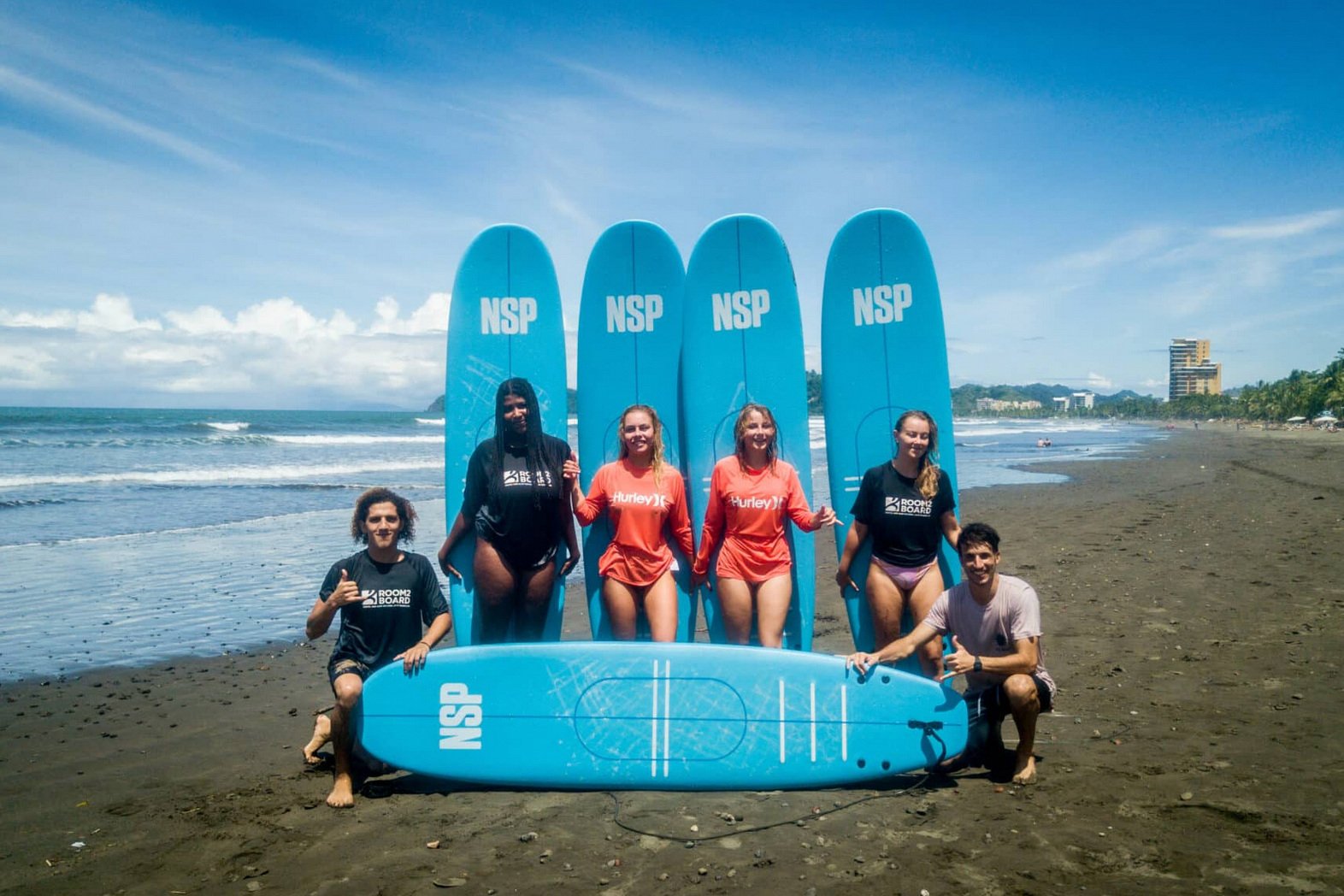





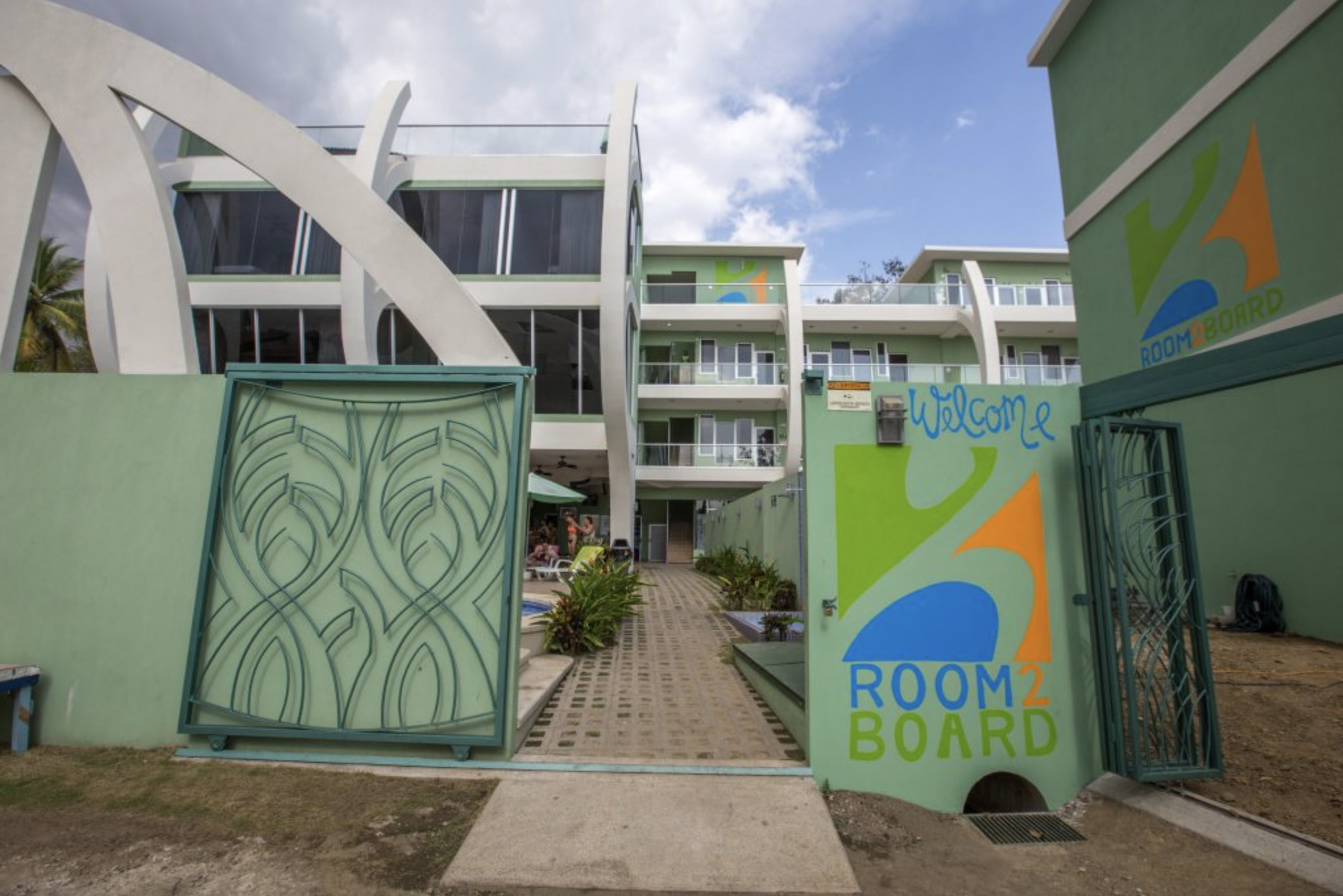











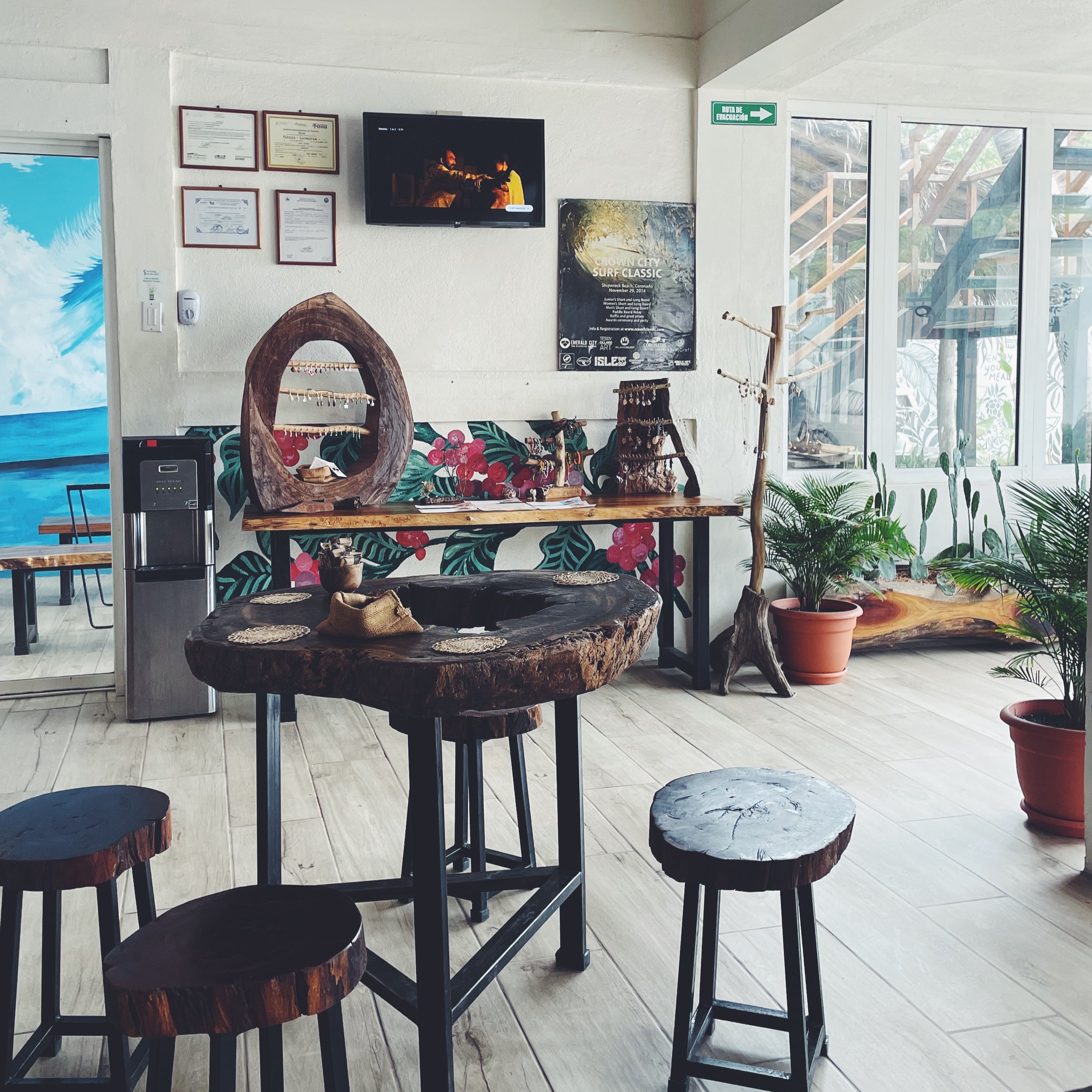






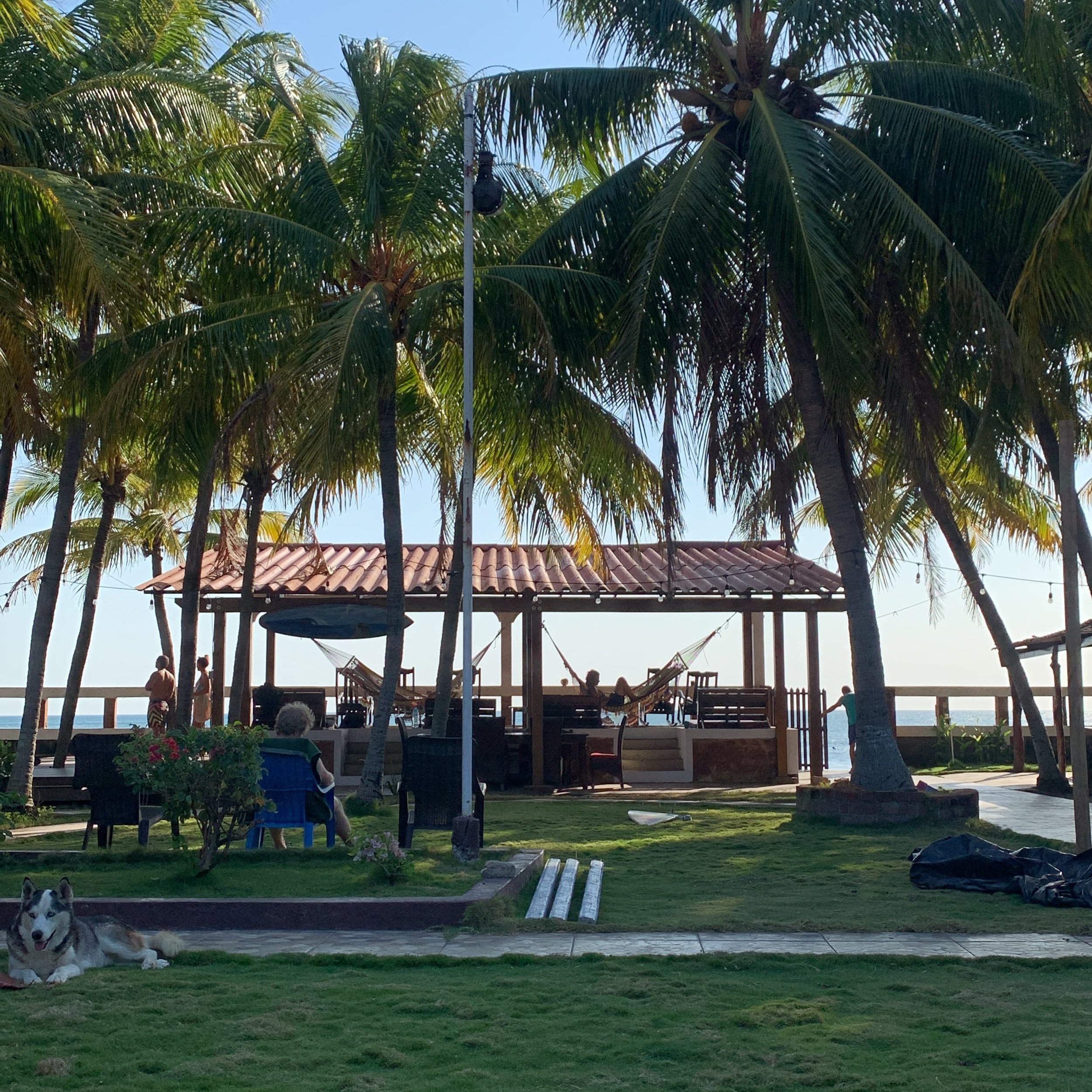
































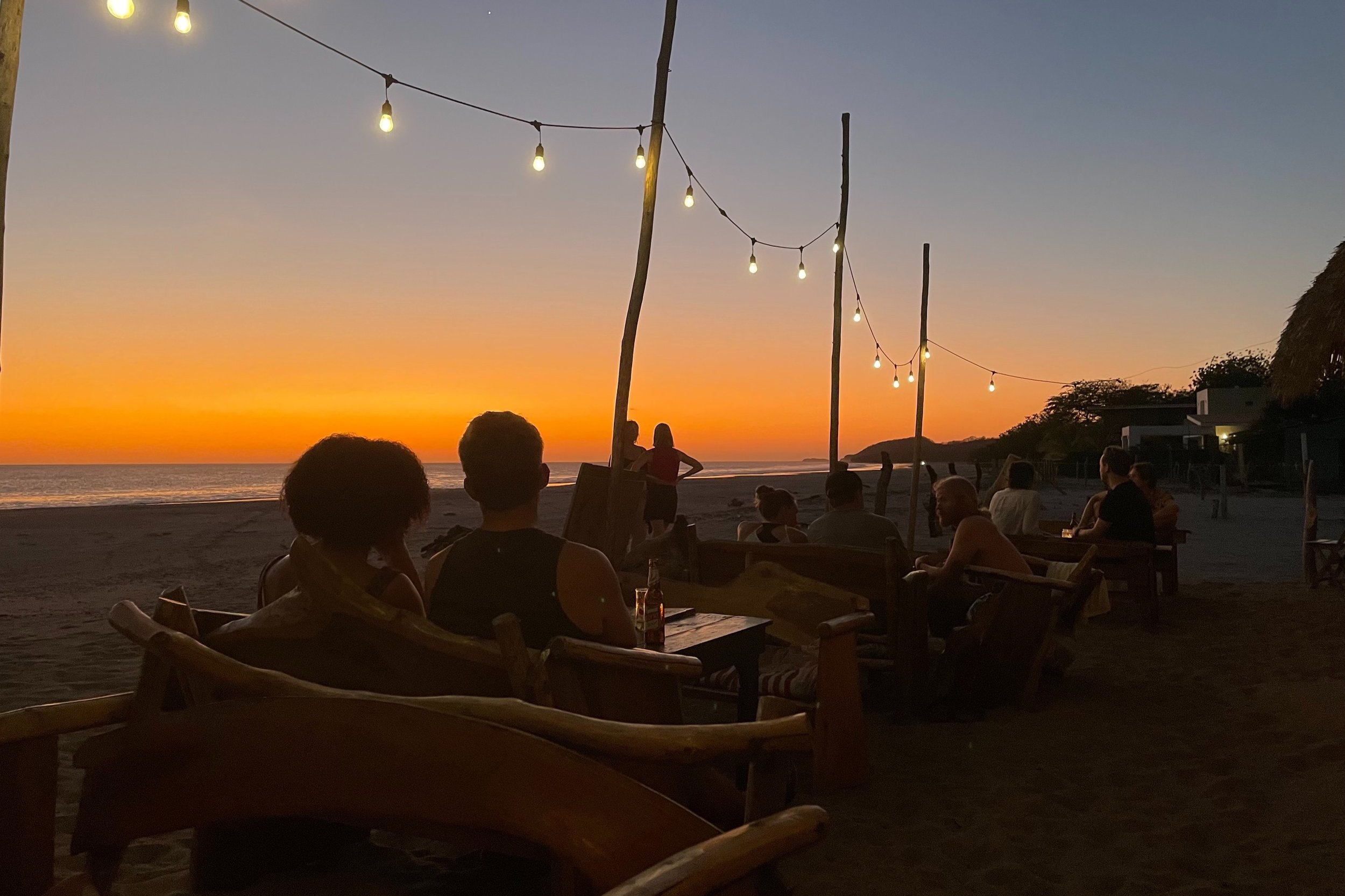
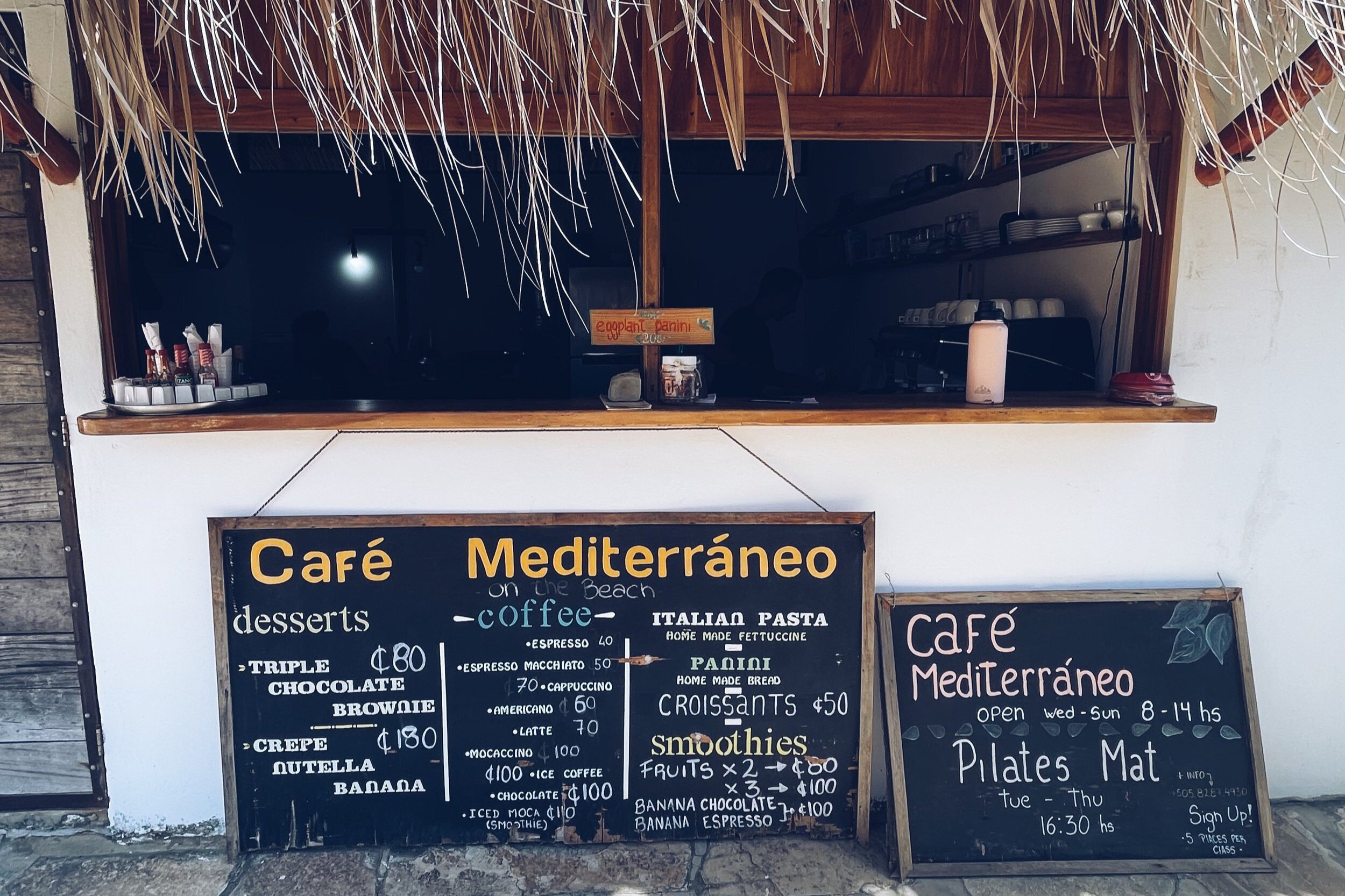








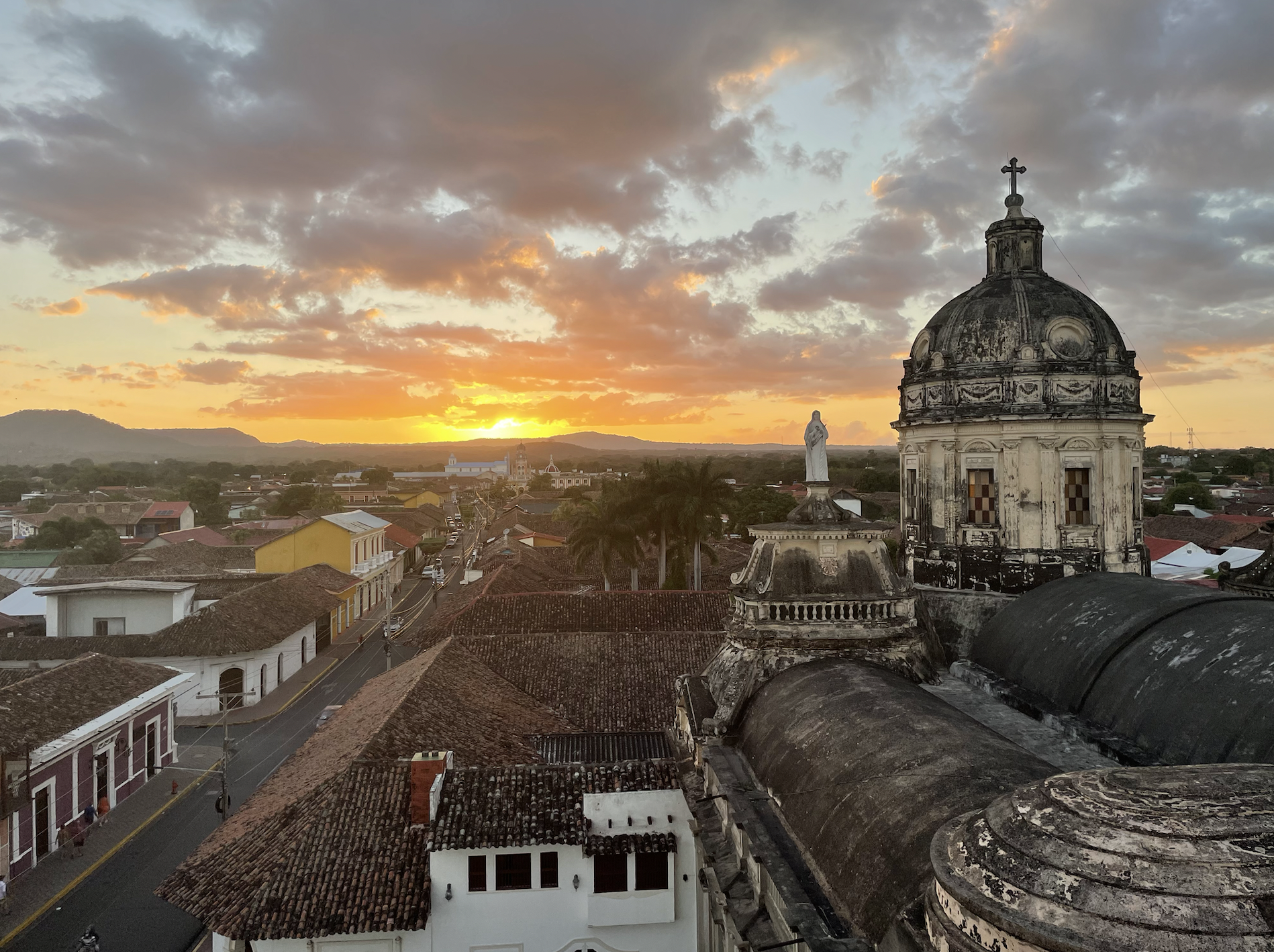




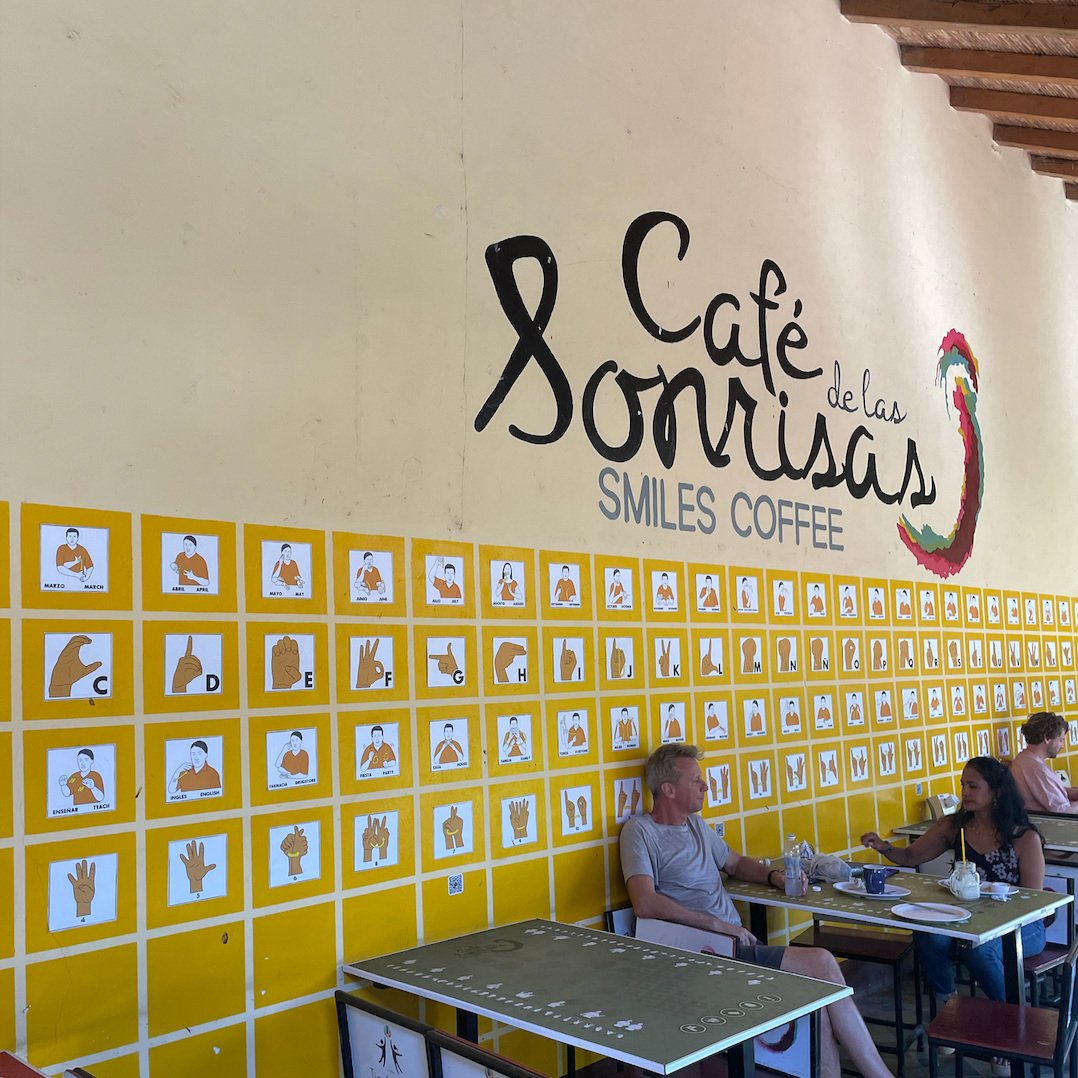




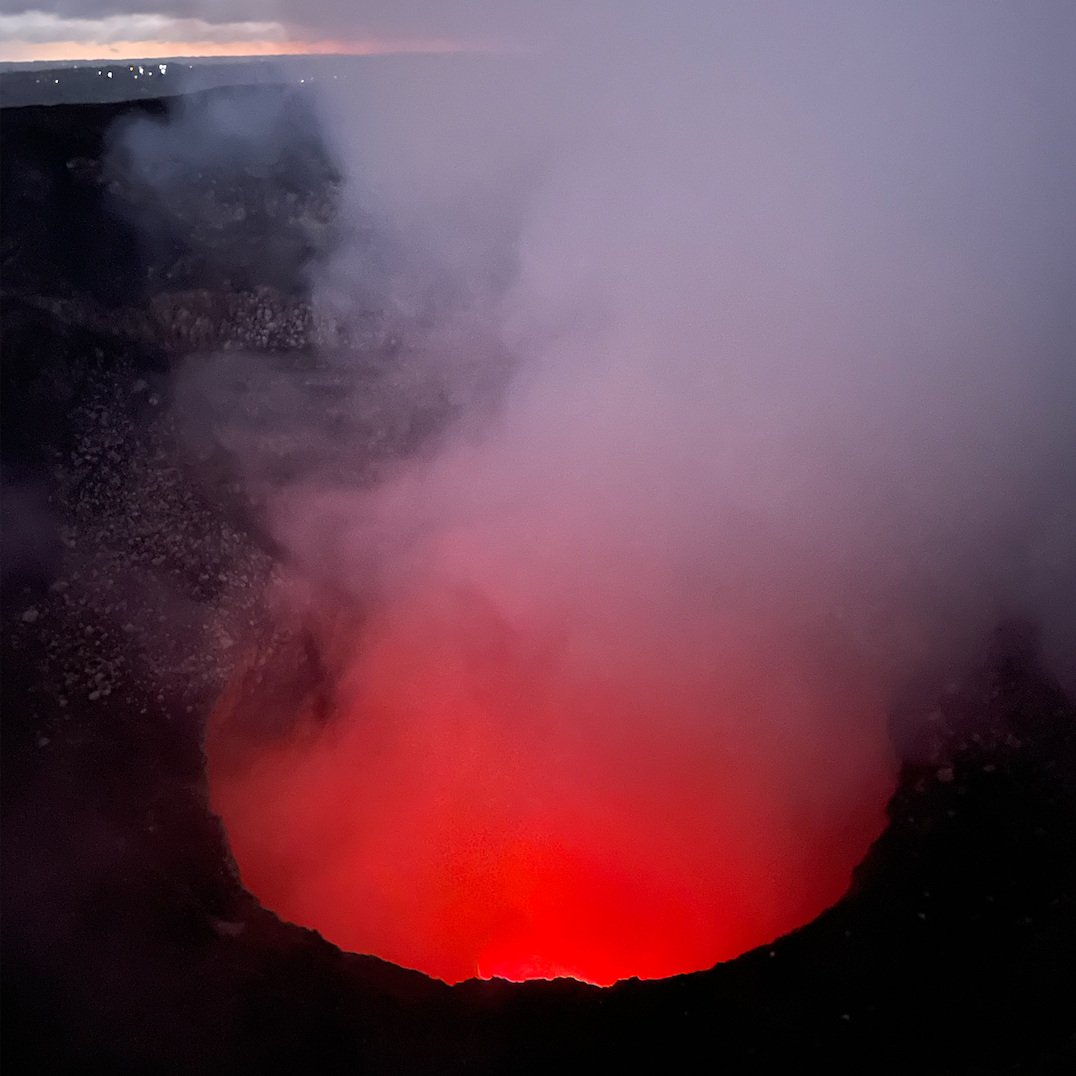
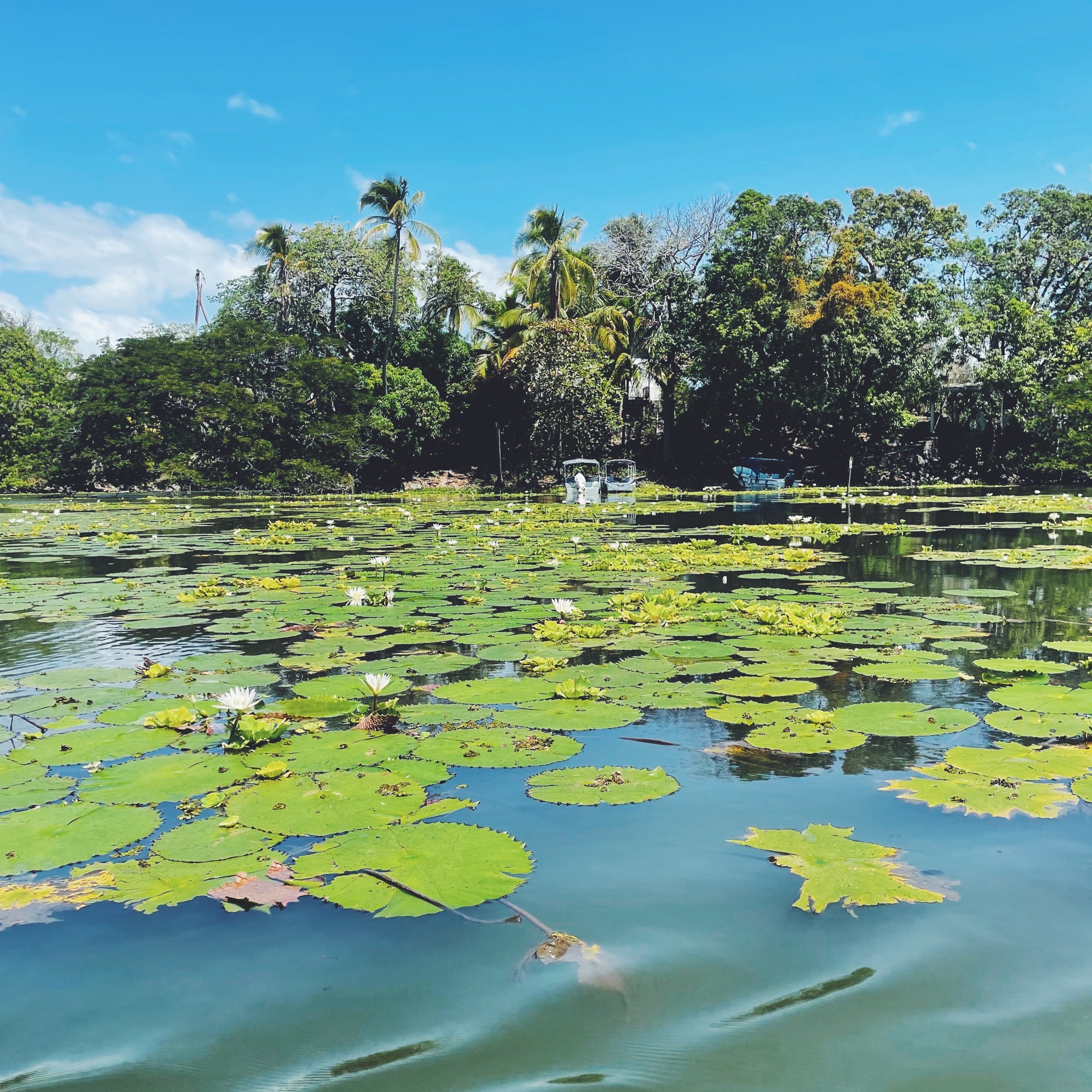
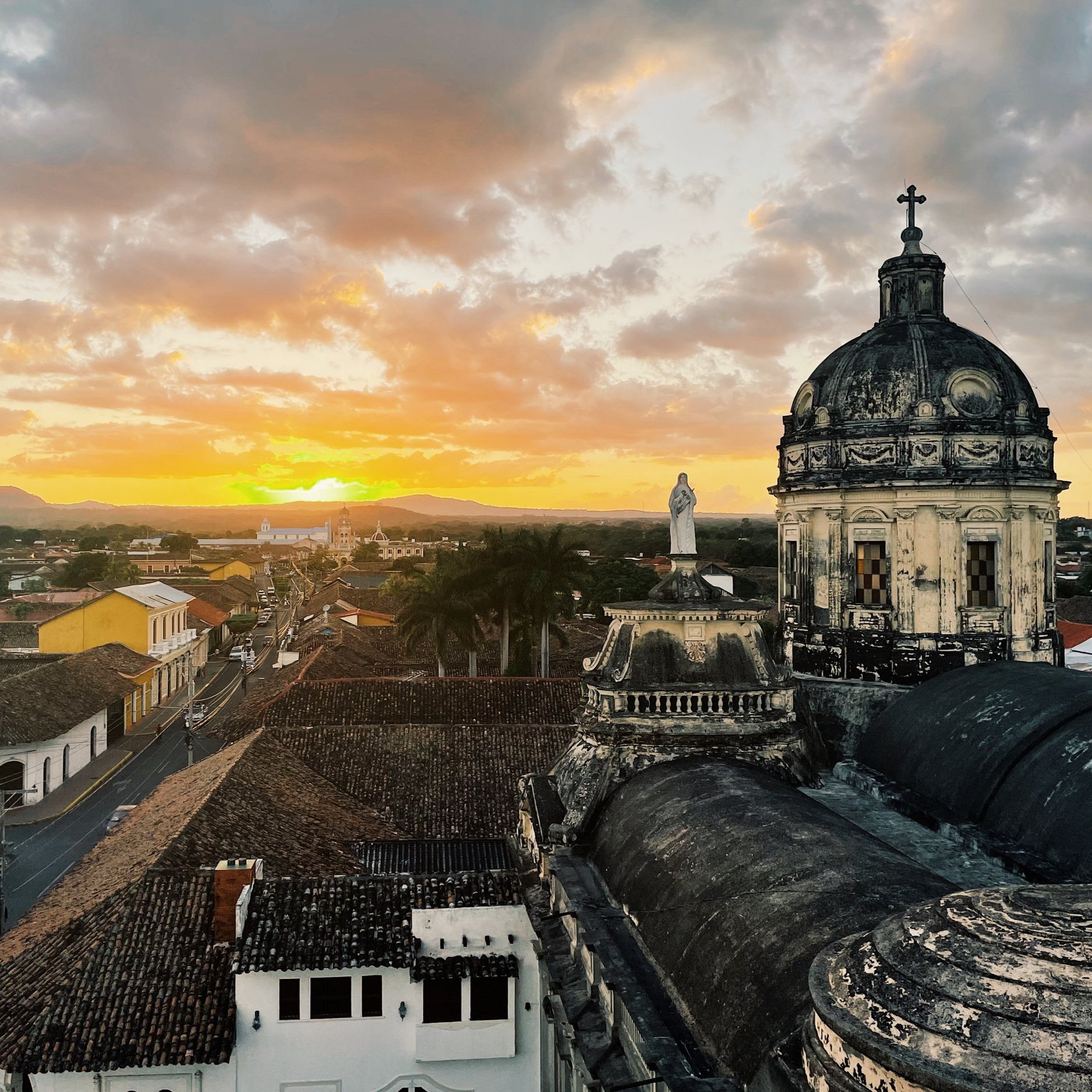





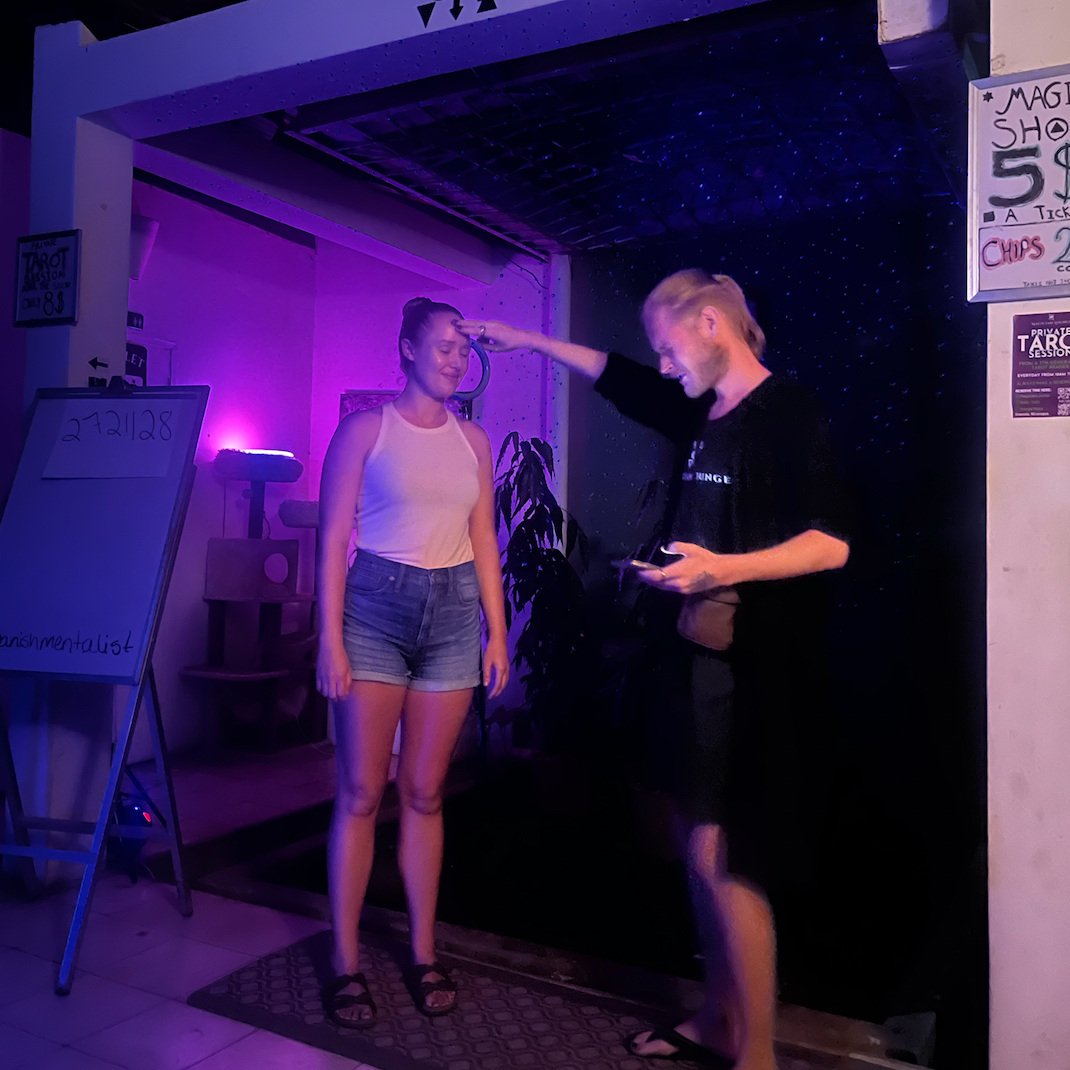








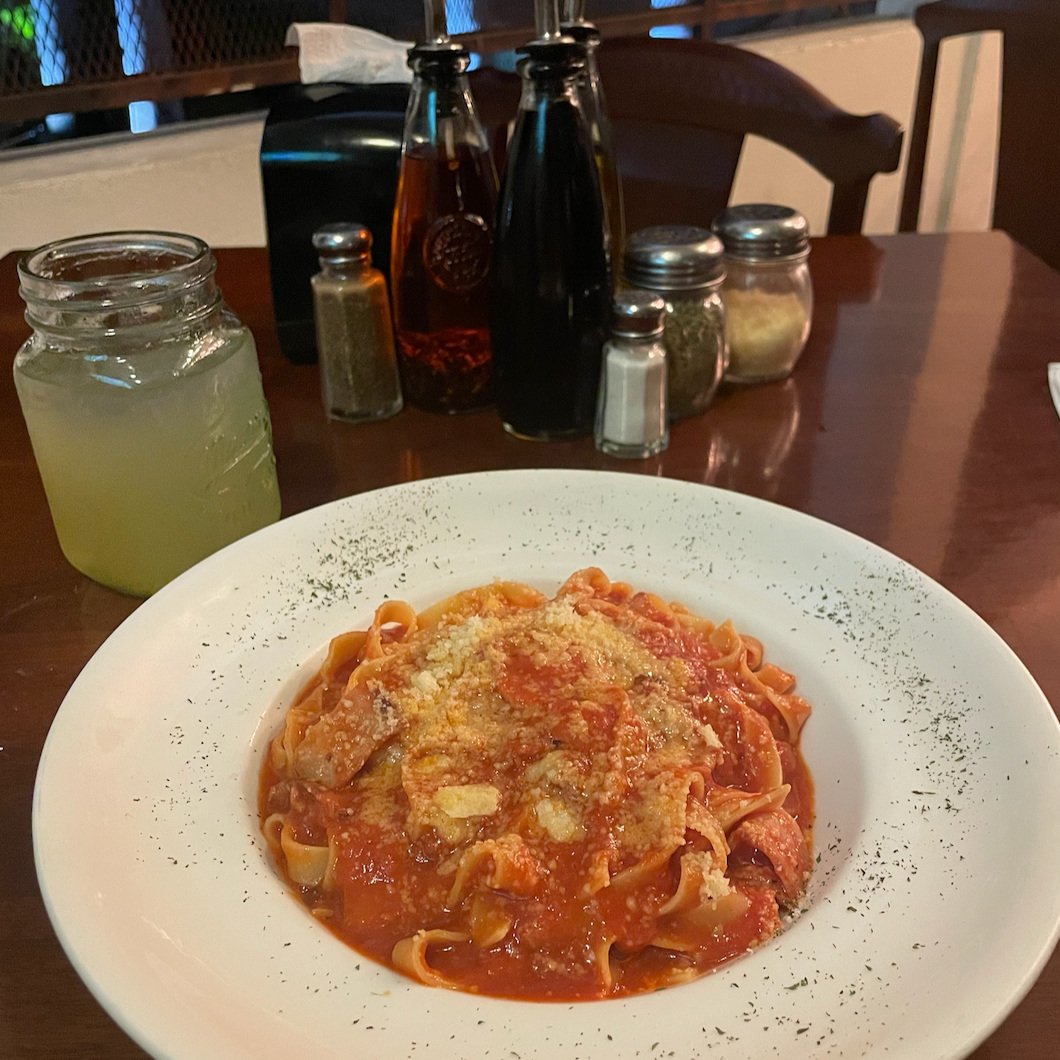










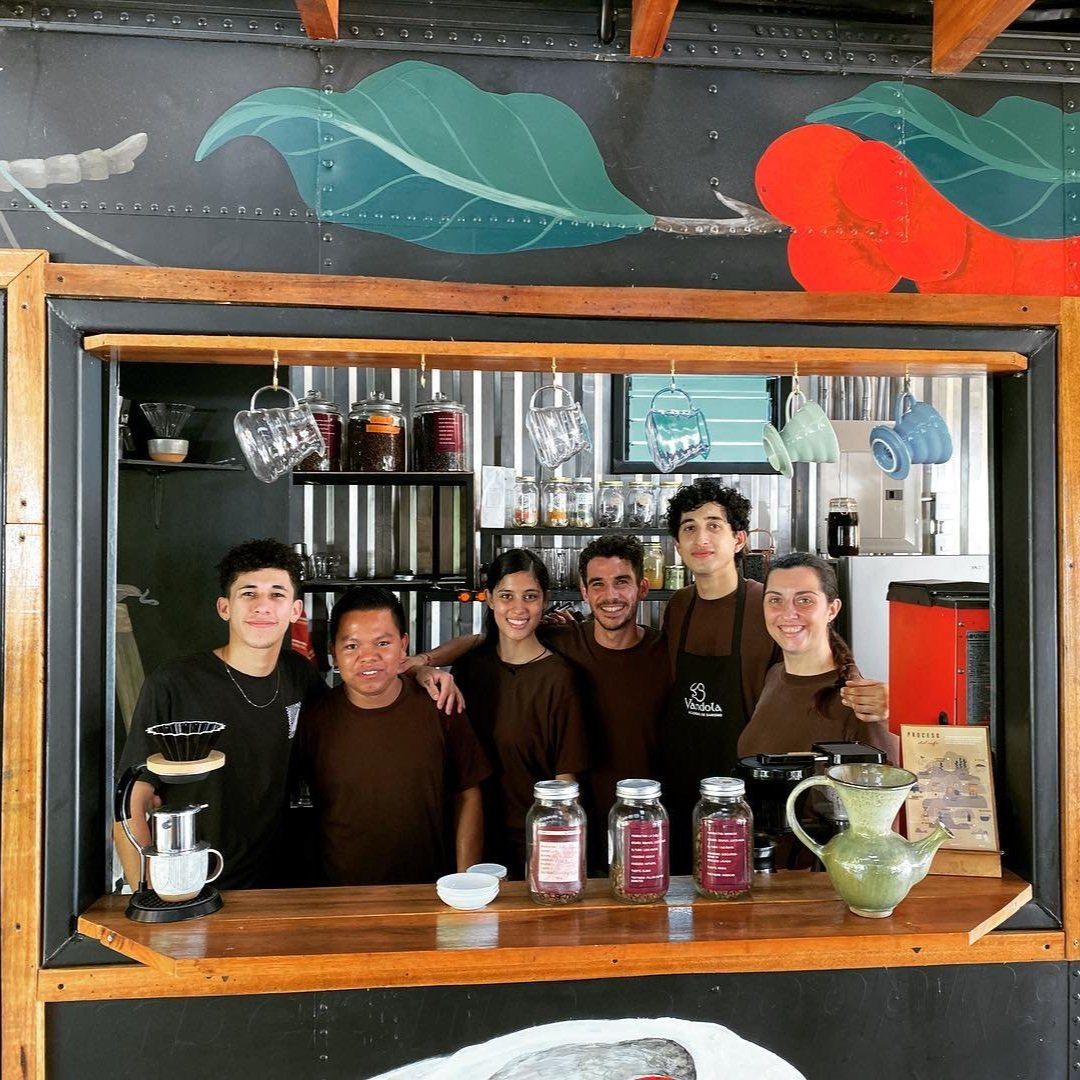









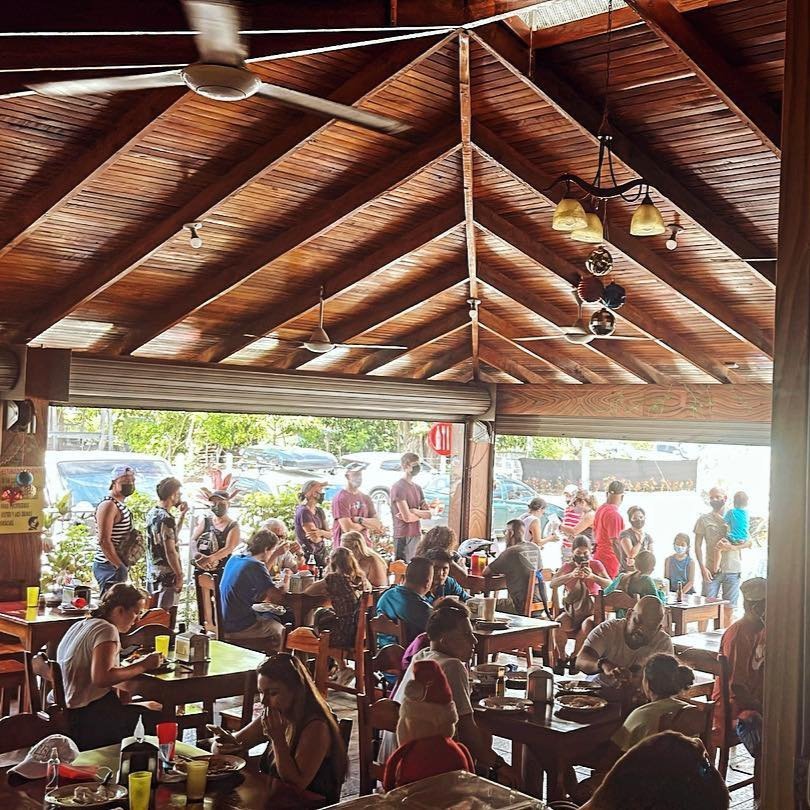


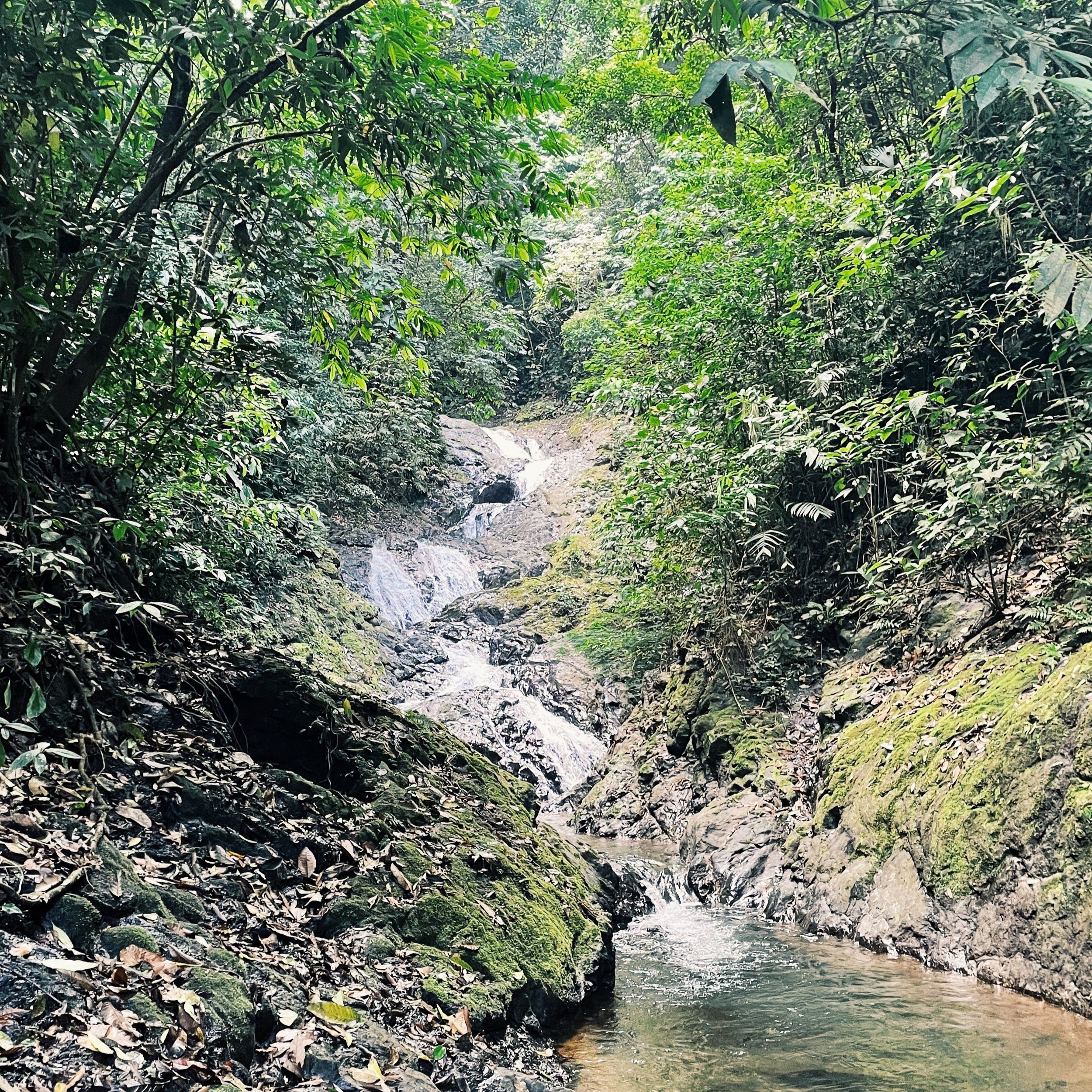
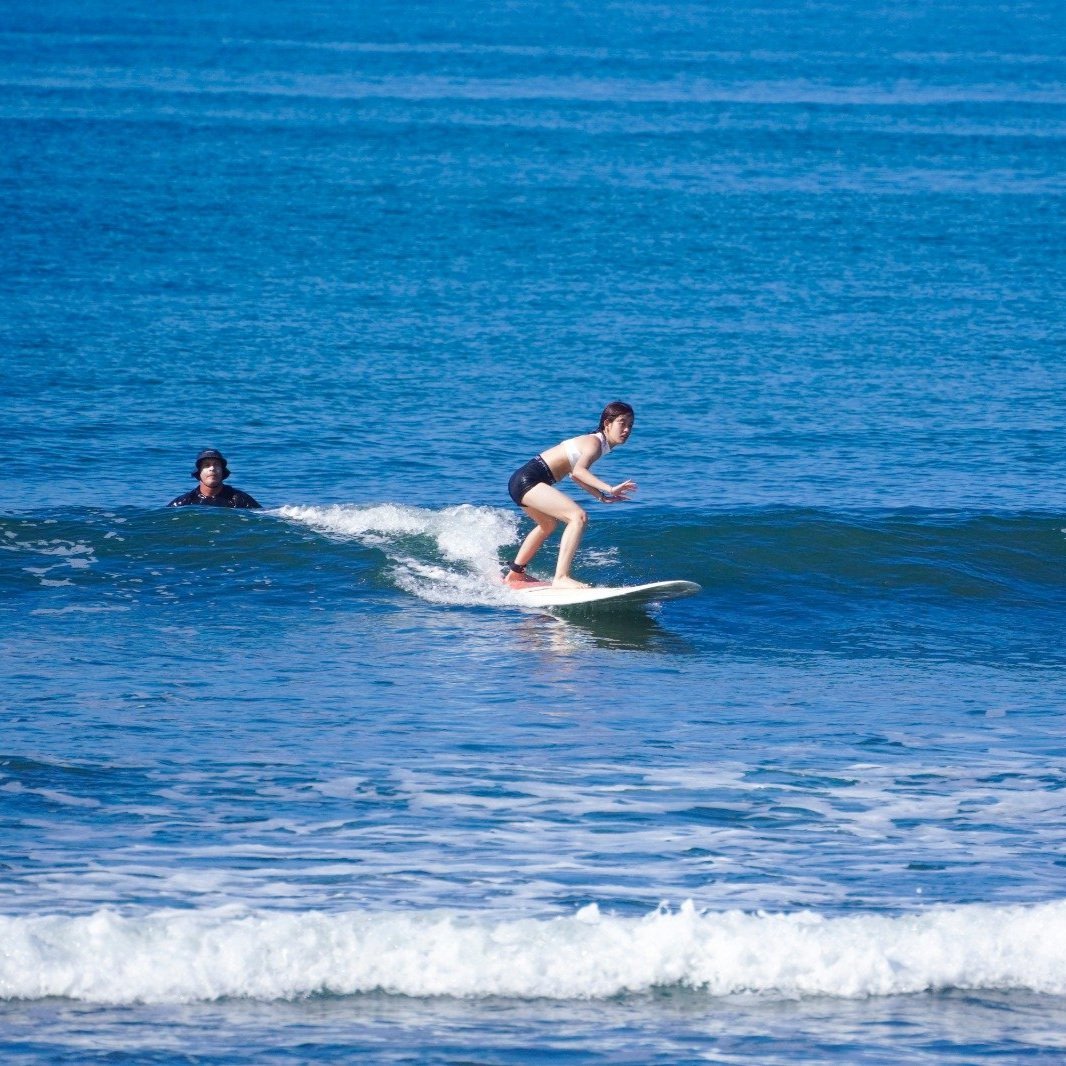








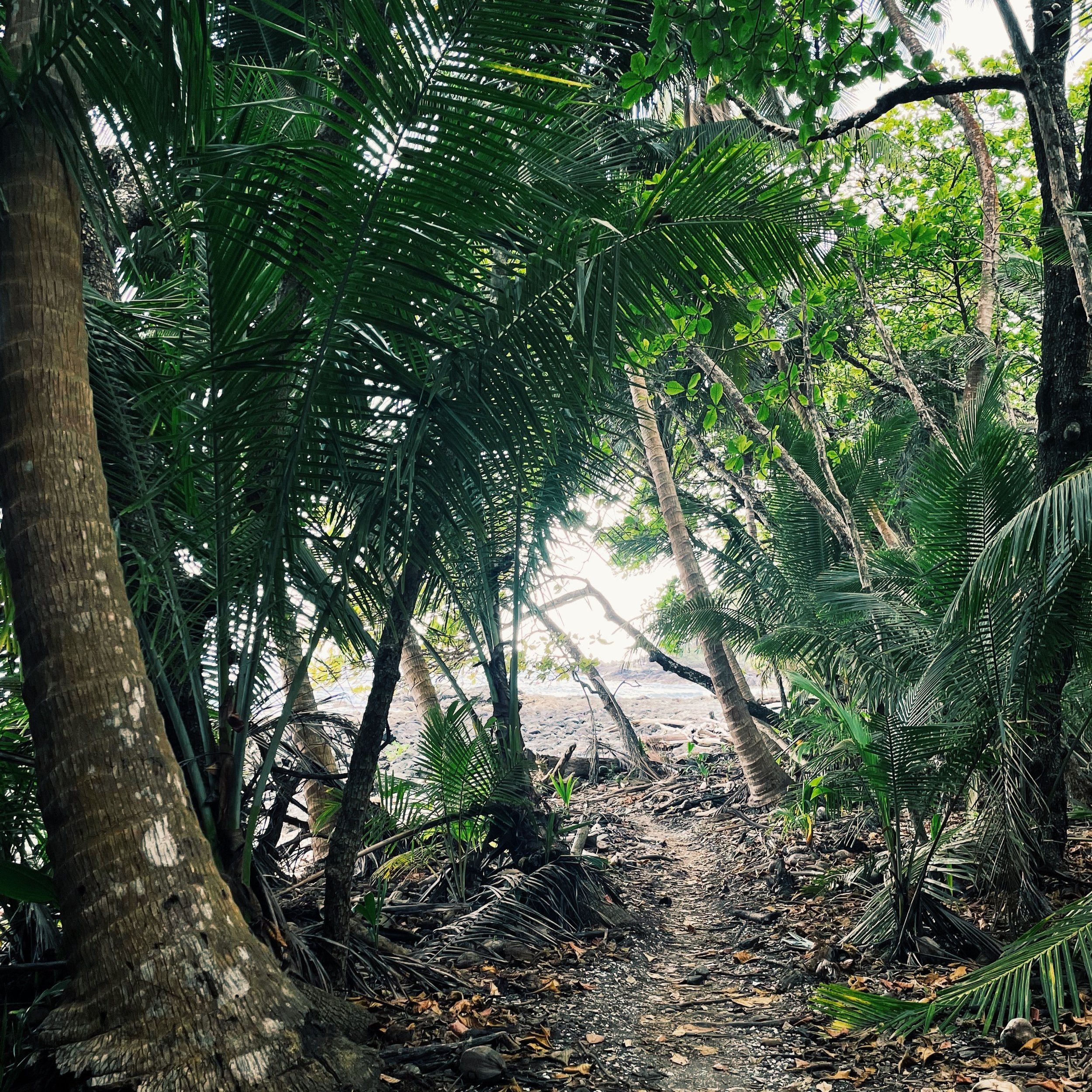


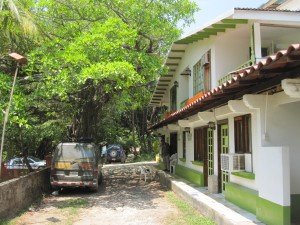


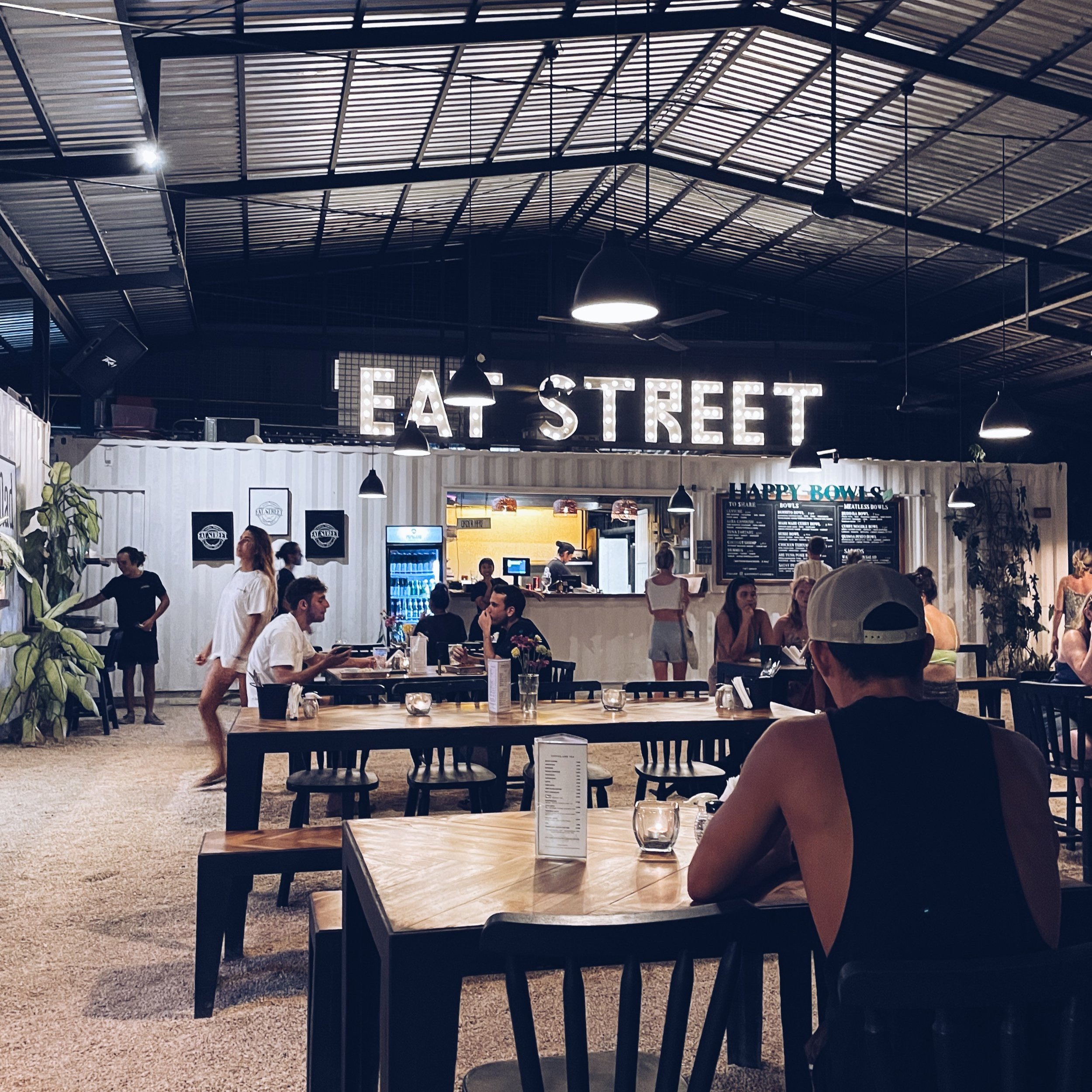












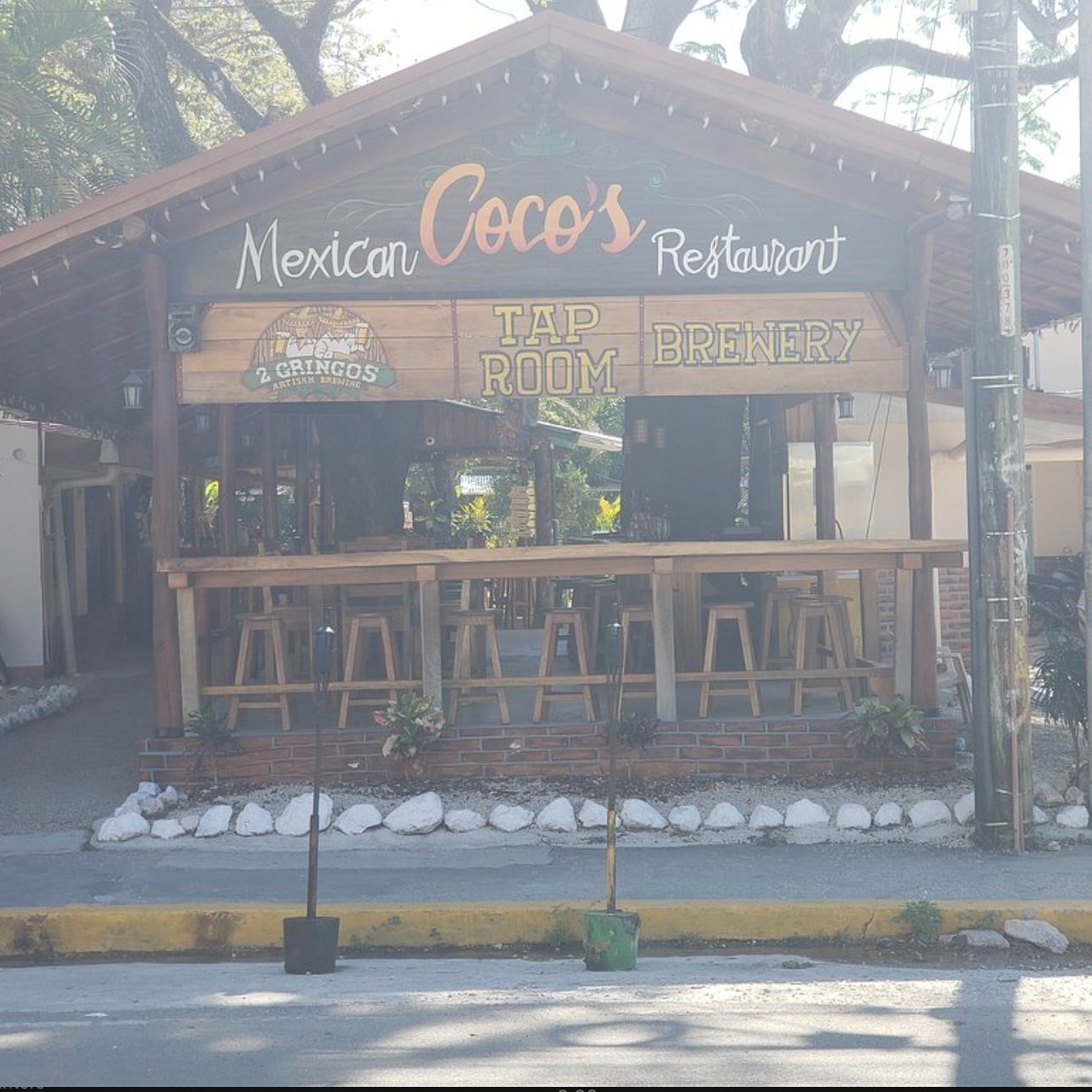

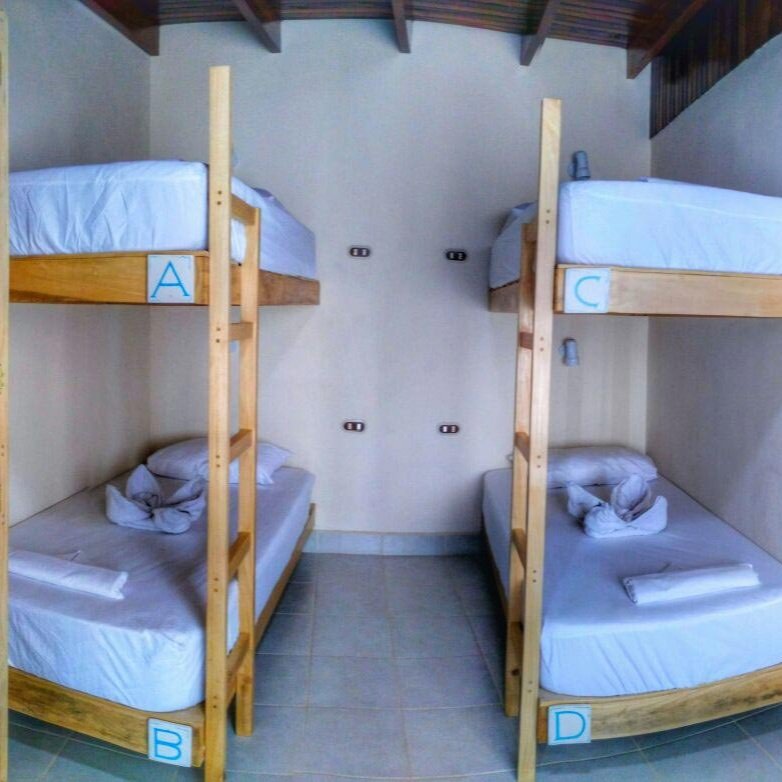


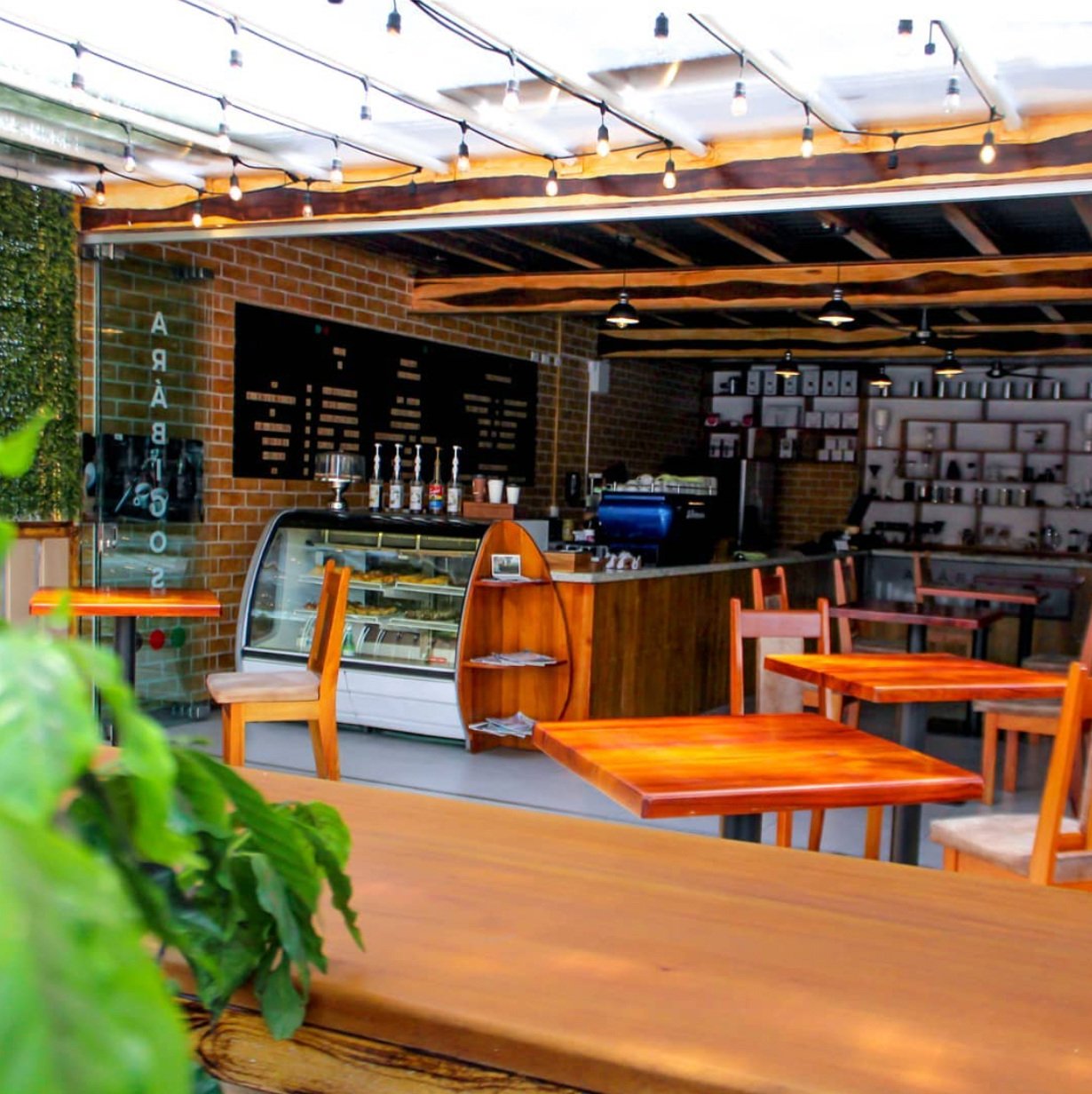


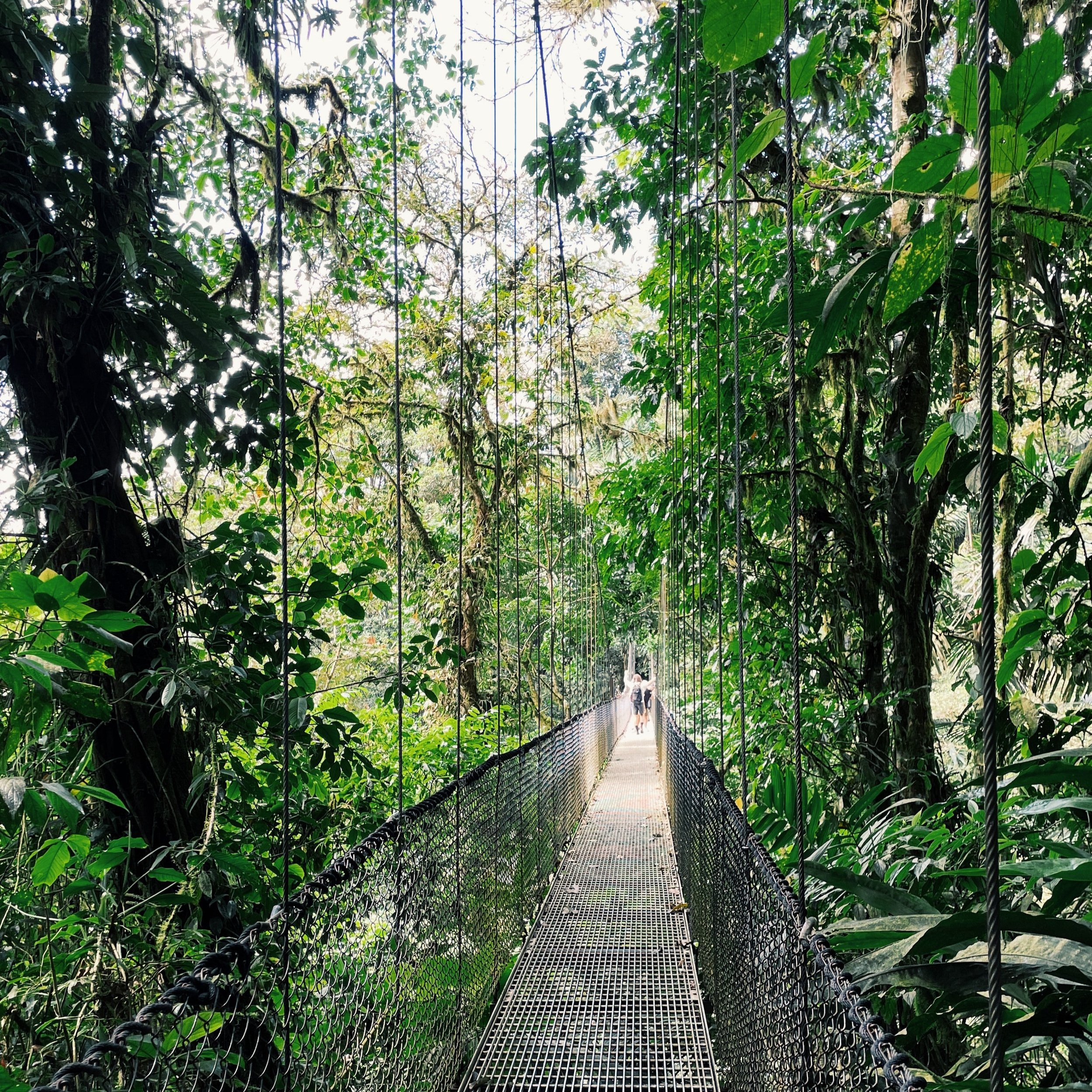
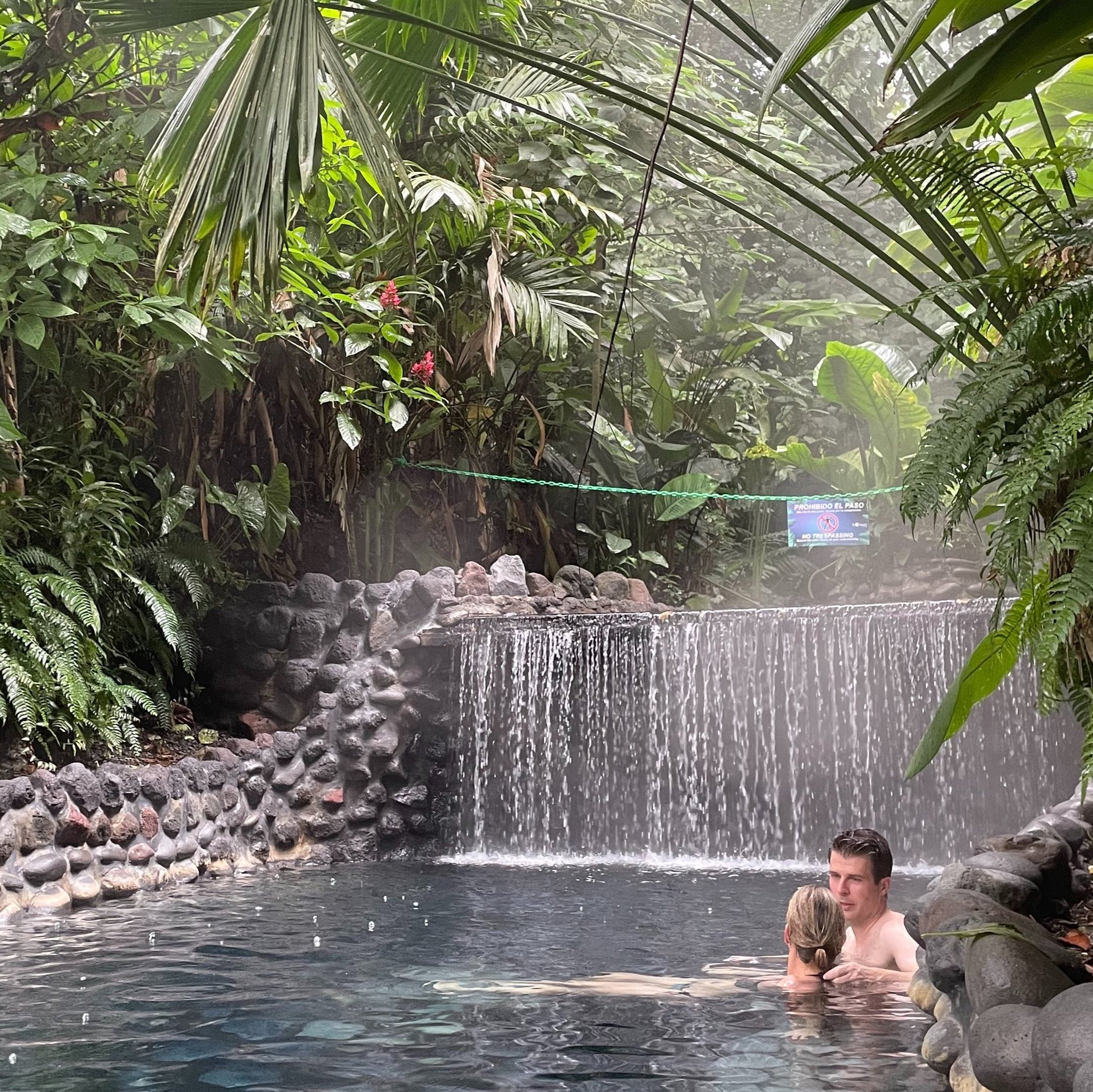


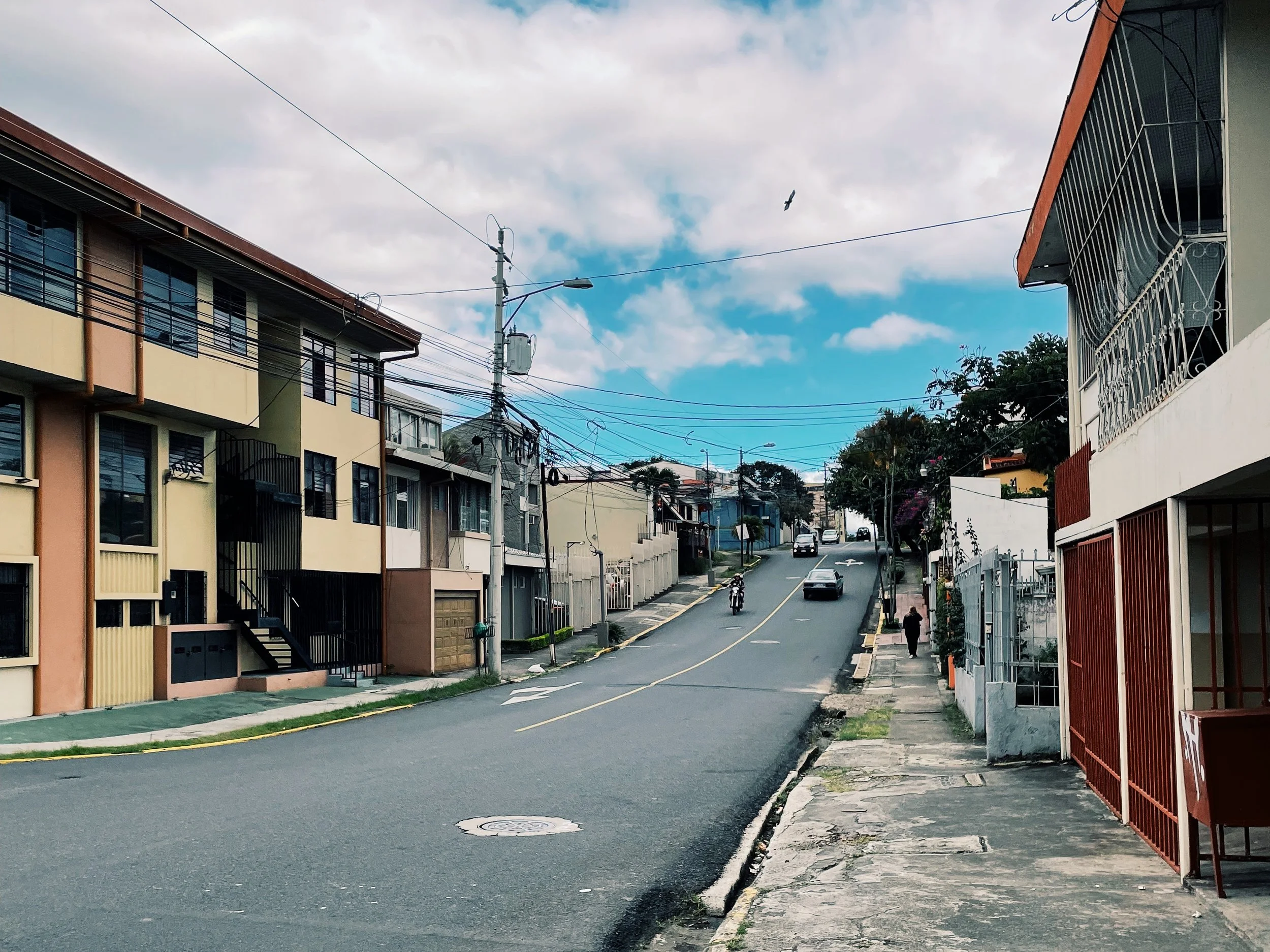







Máncora, Peru, is a surf town with perfect lefts, year-round waves, and an endless summer. Here’s what it’s like to stay and surf in Mancora at the eco-surf lodge La Maison.